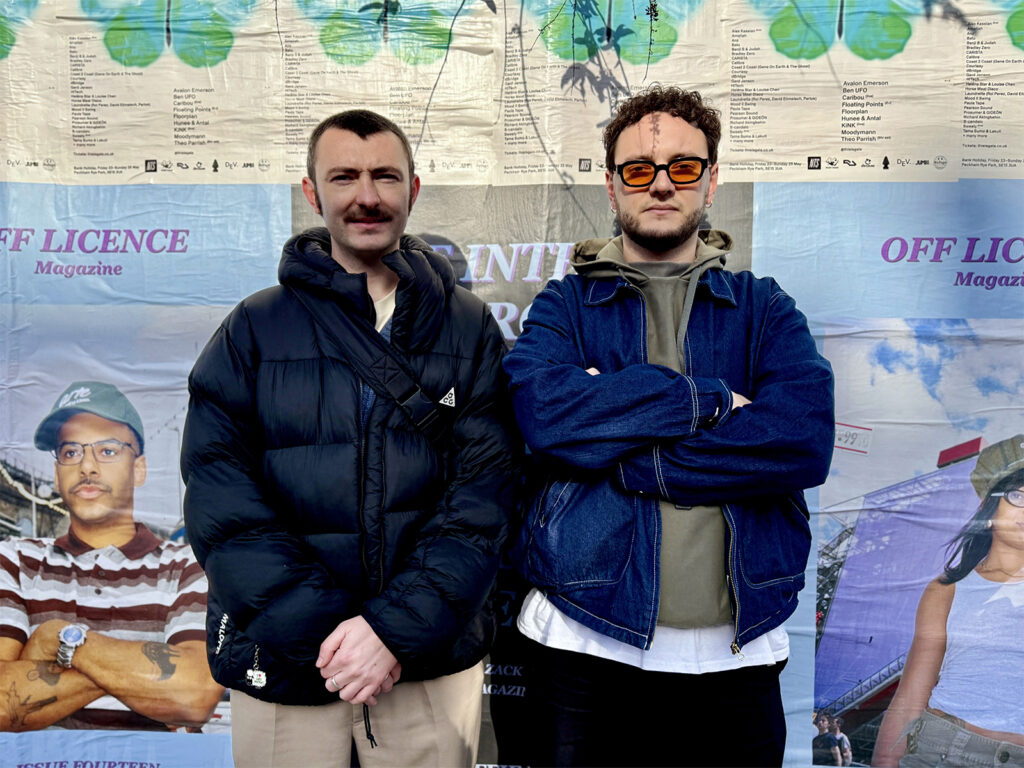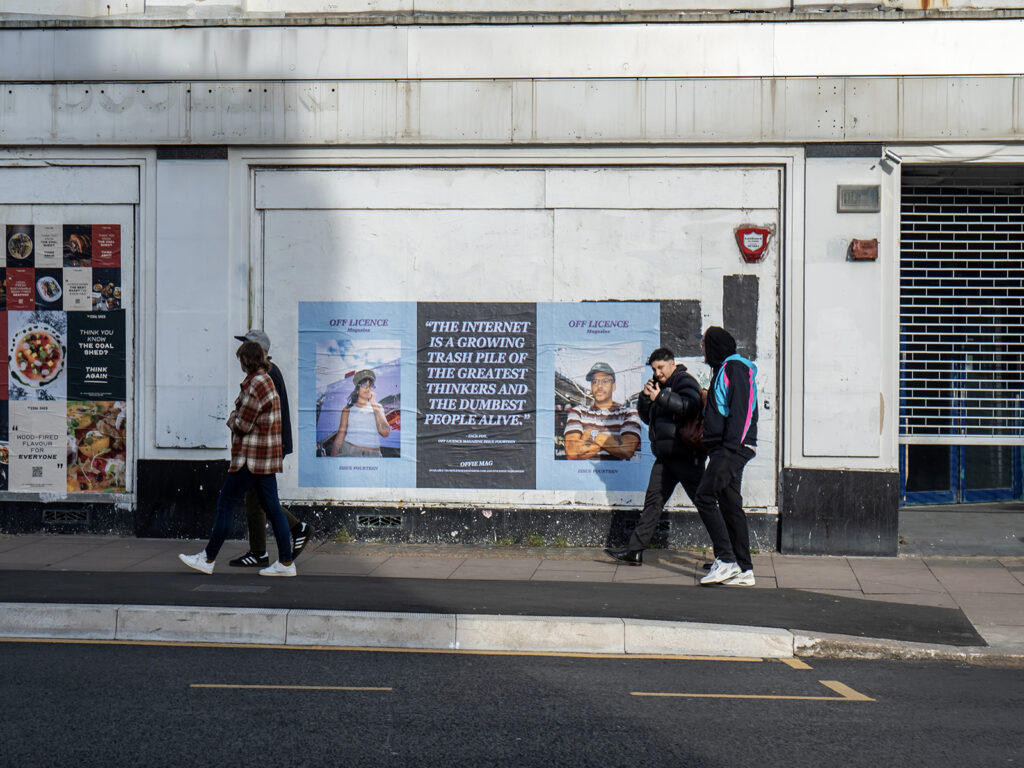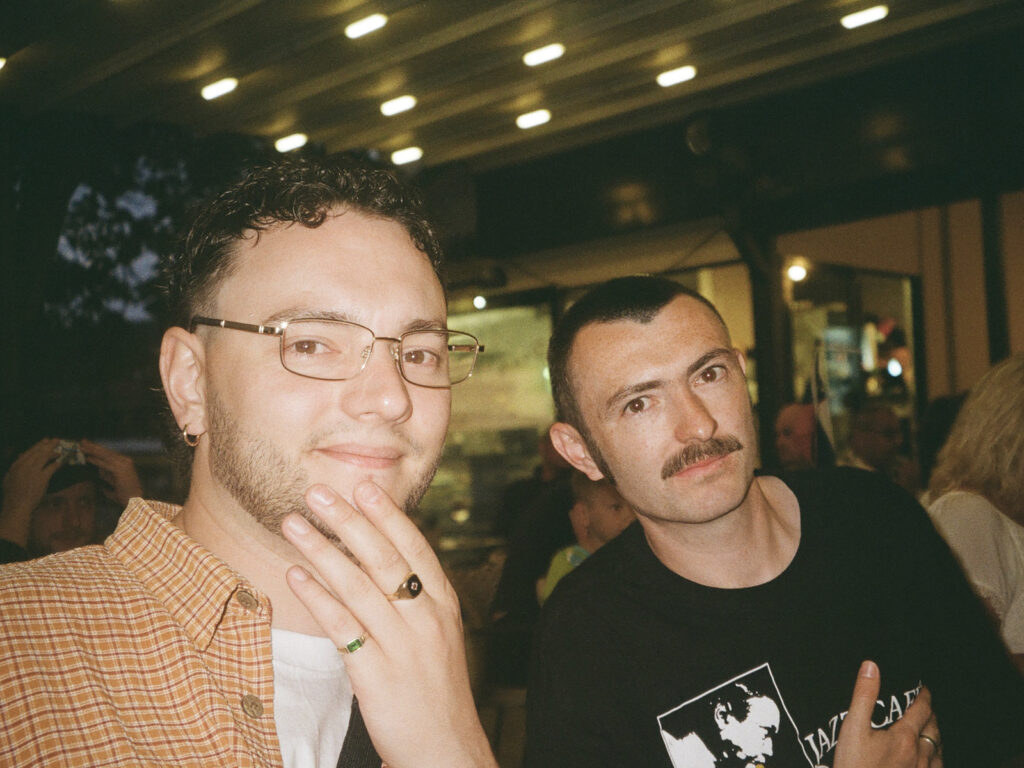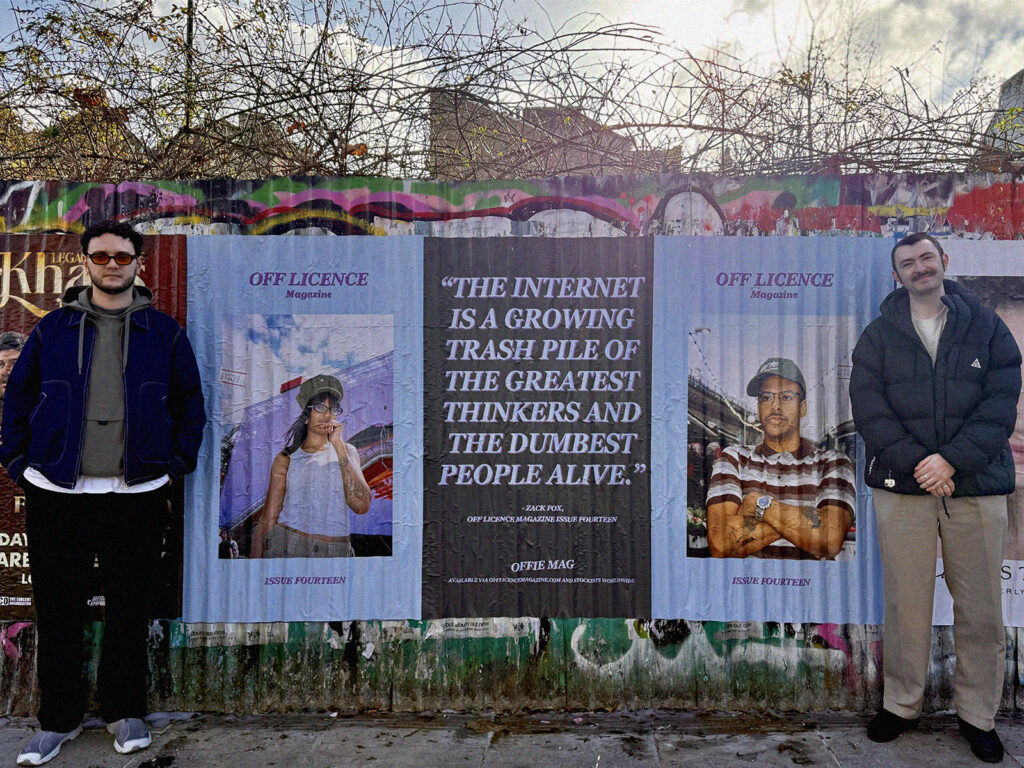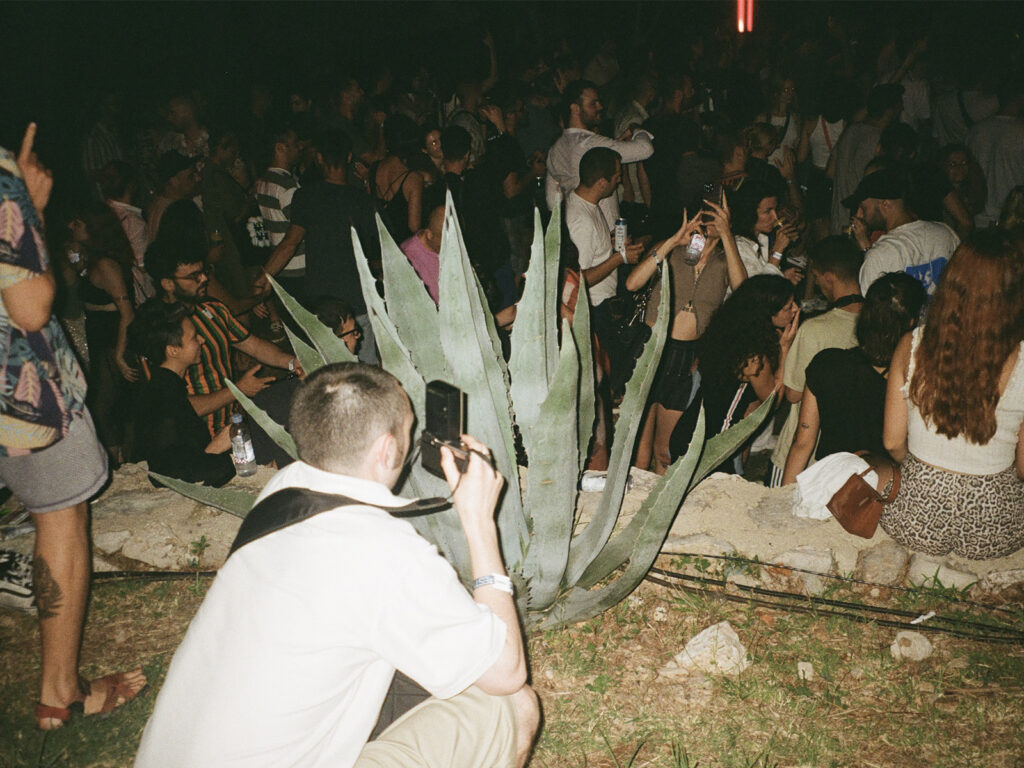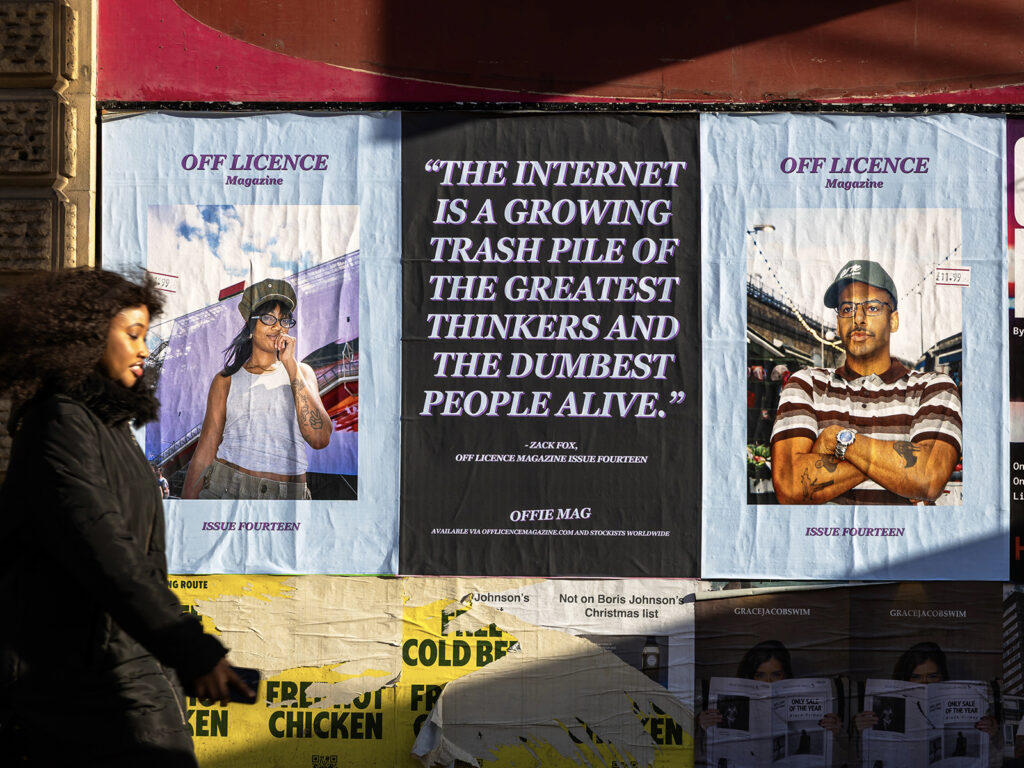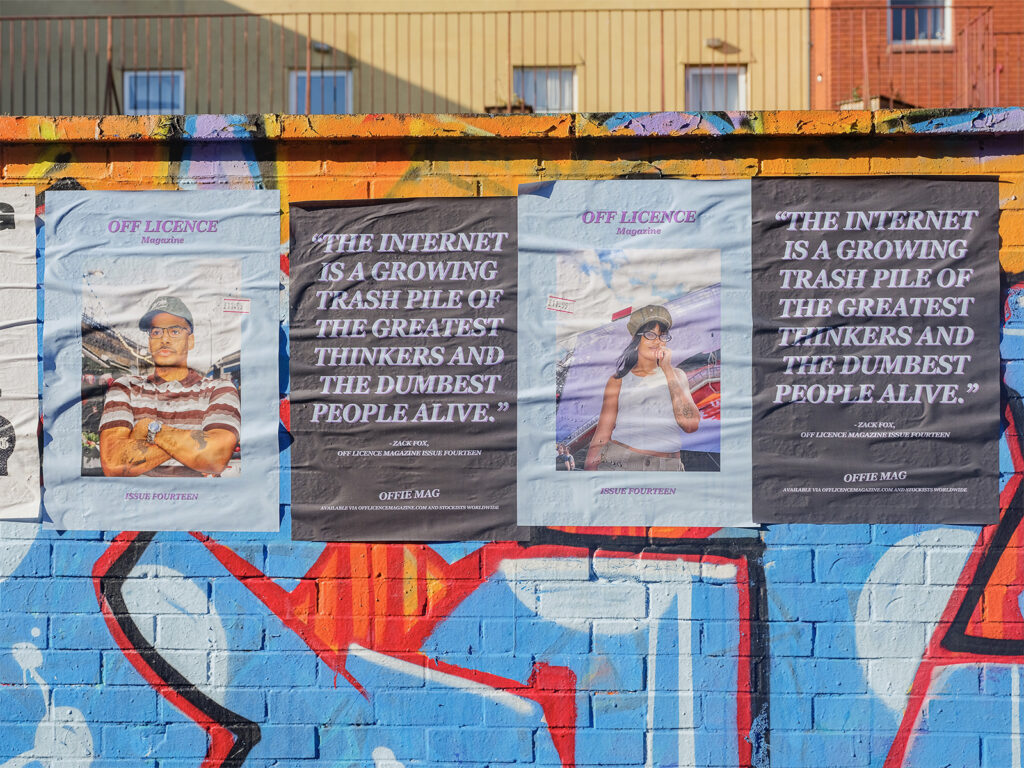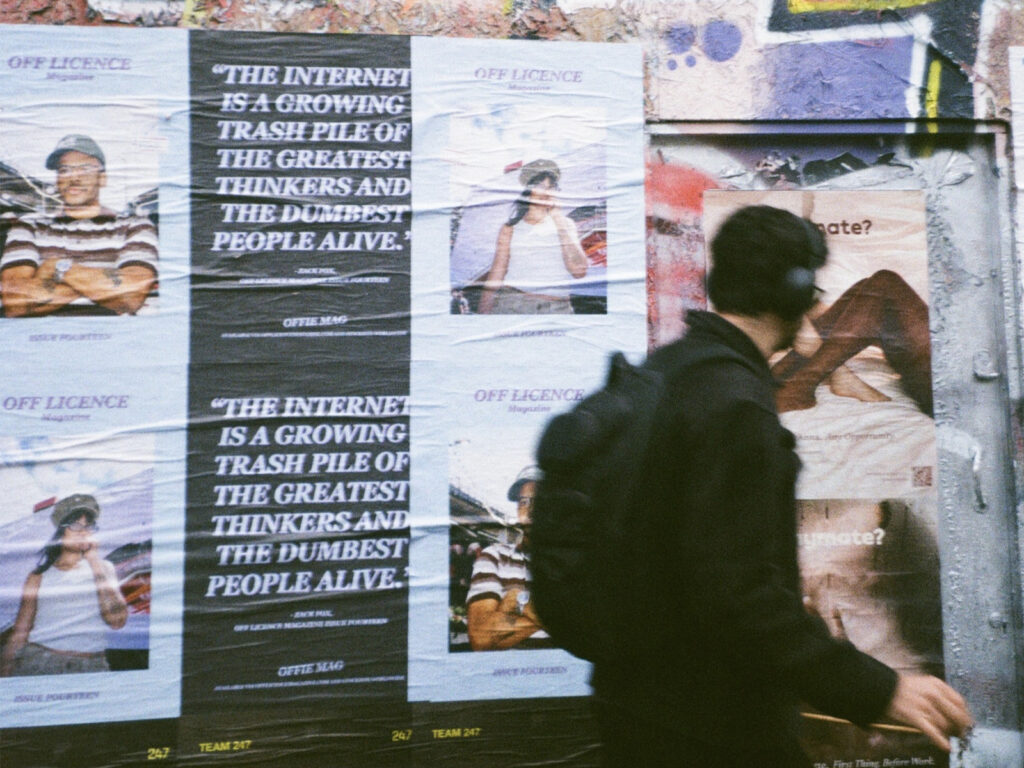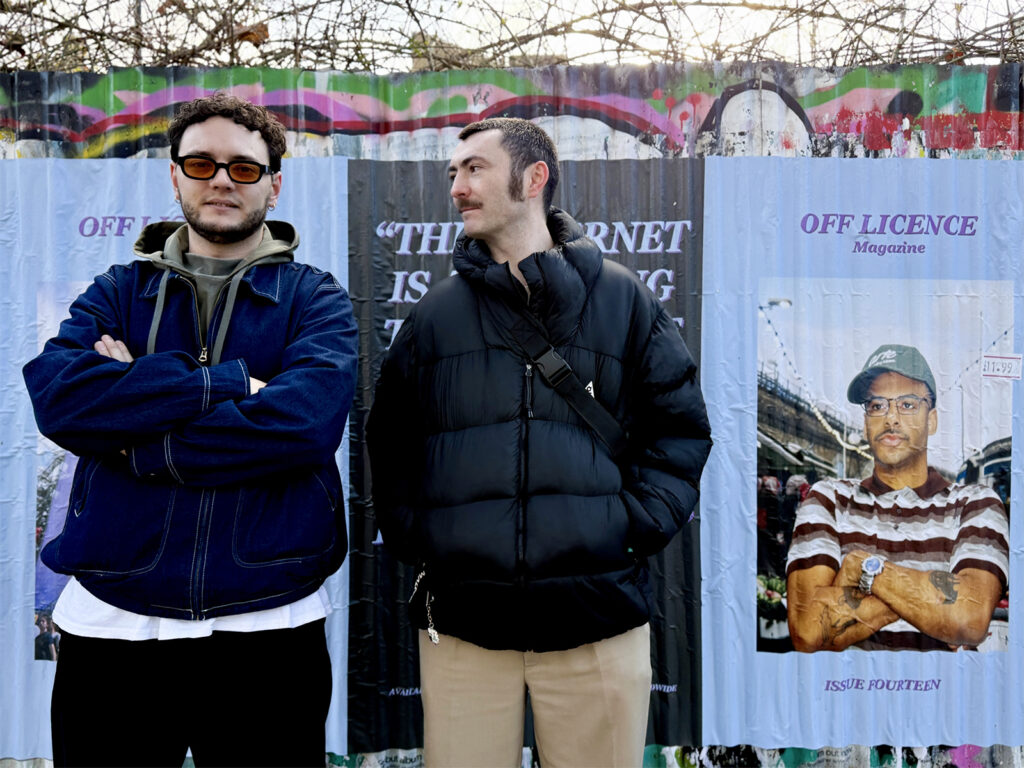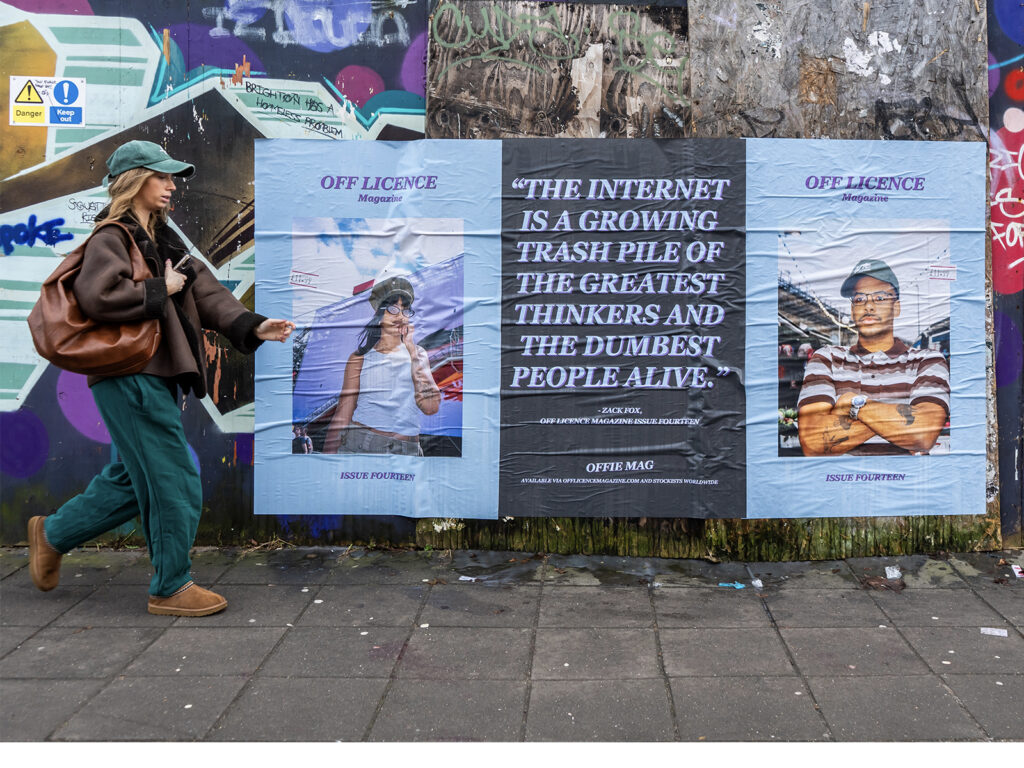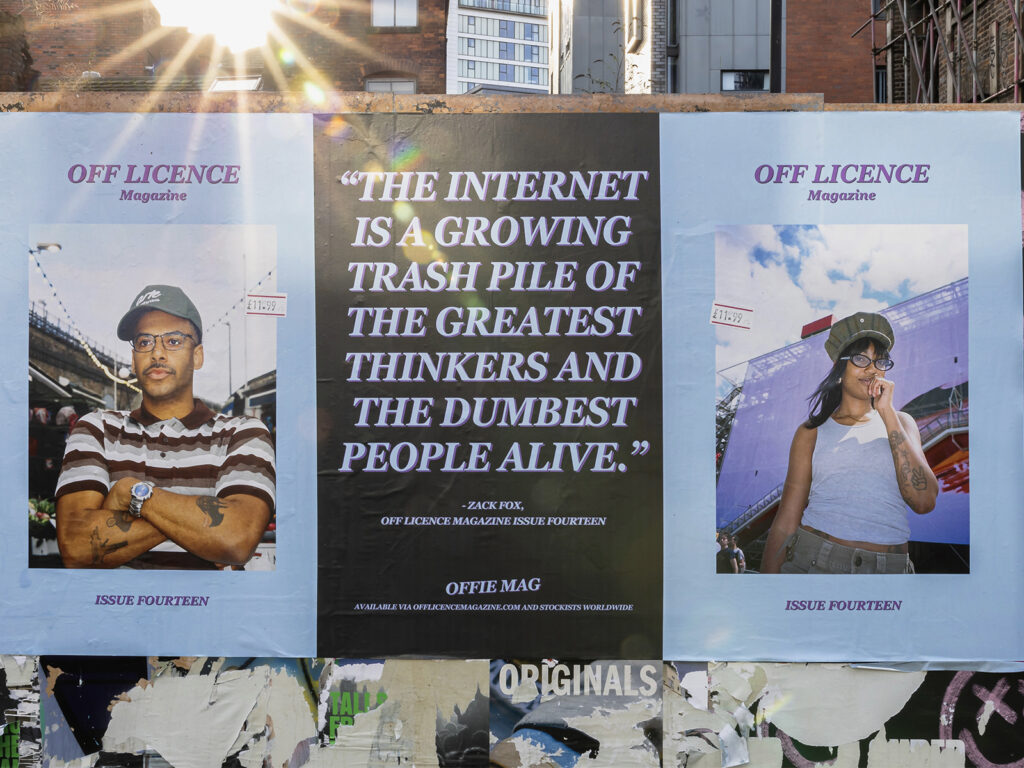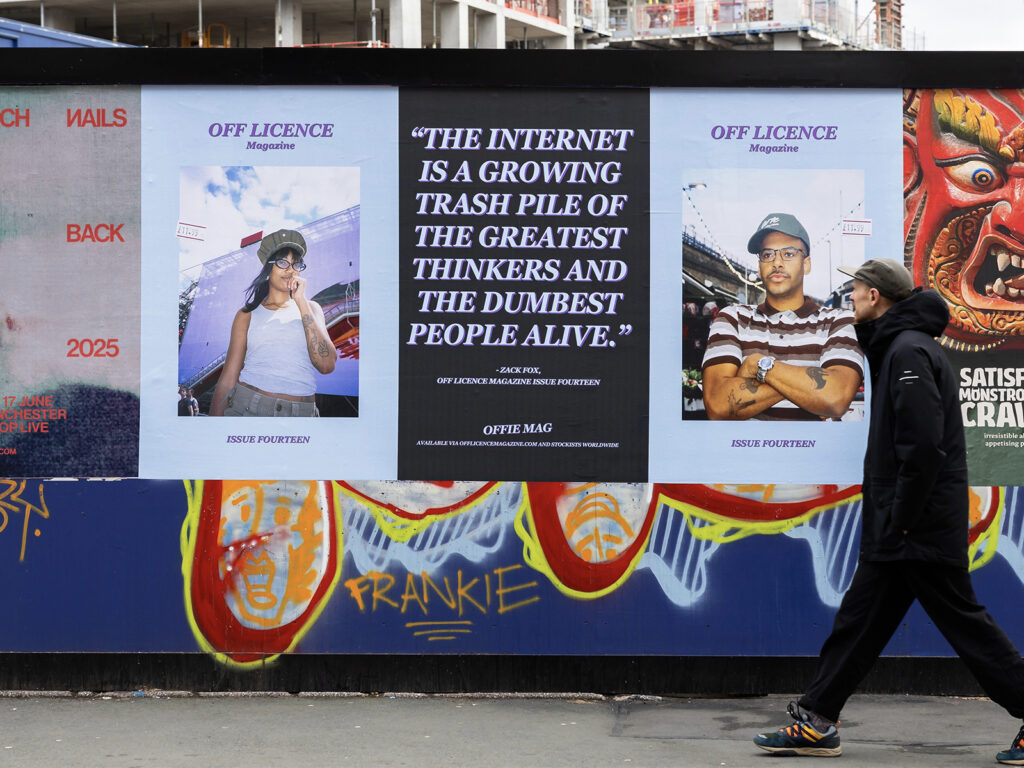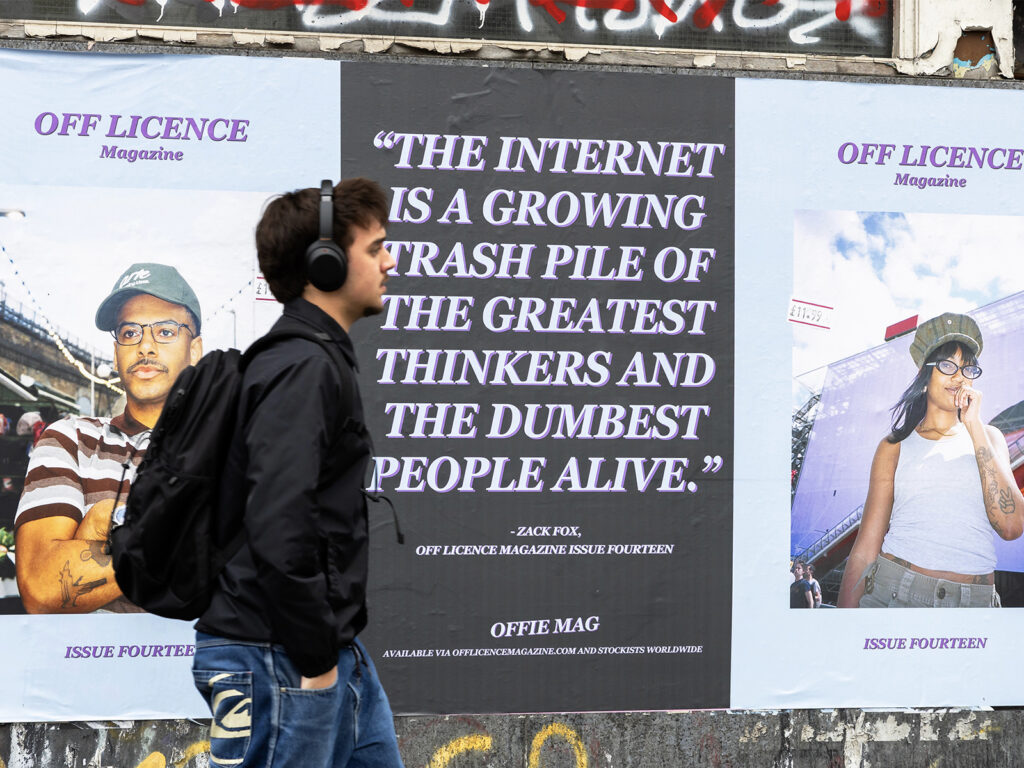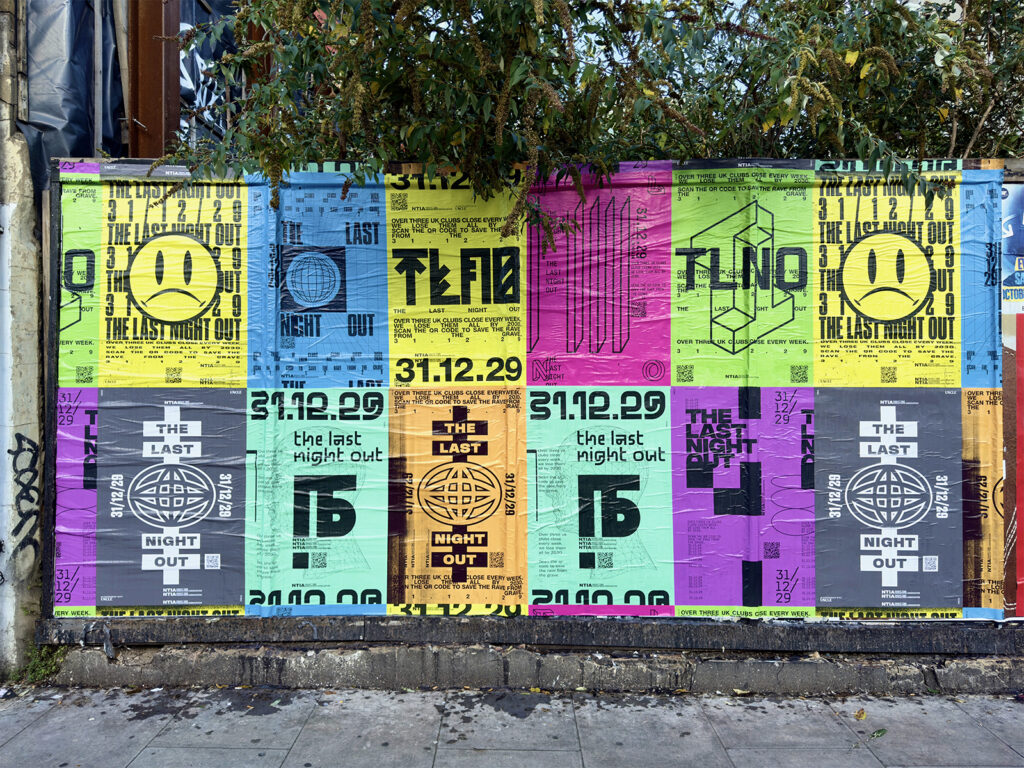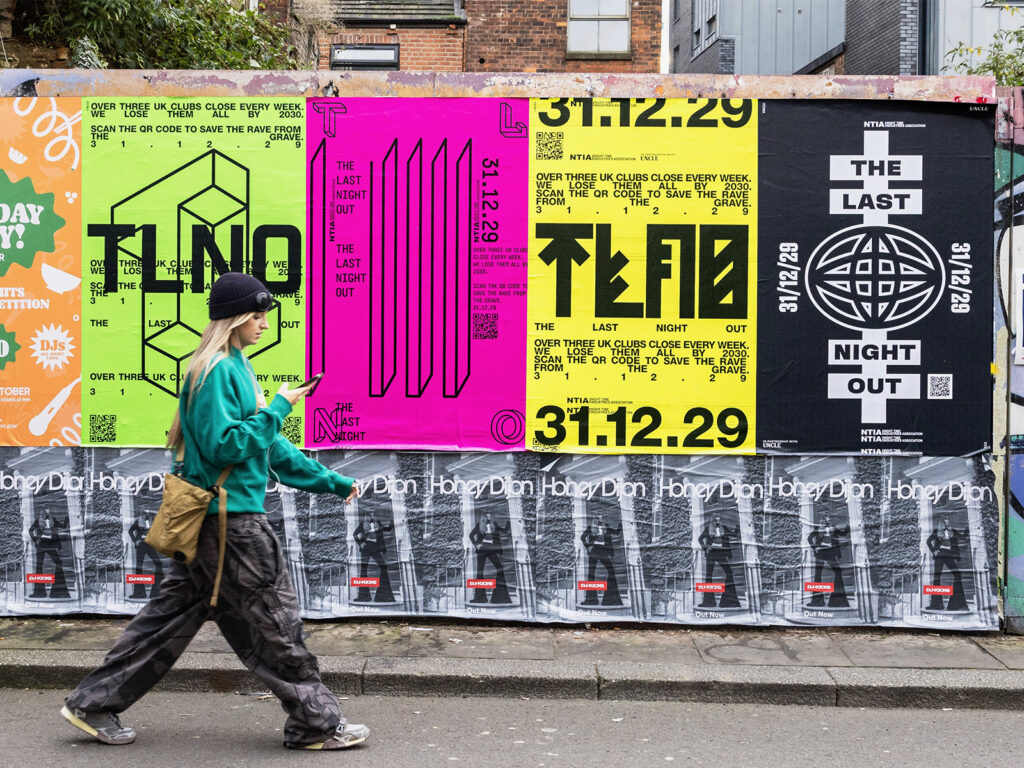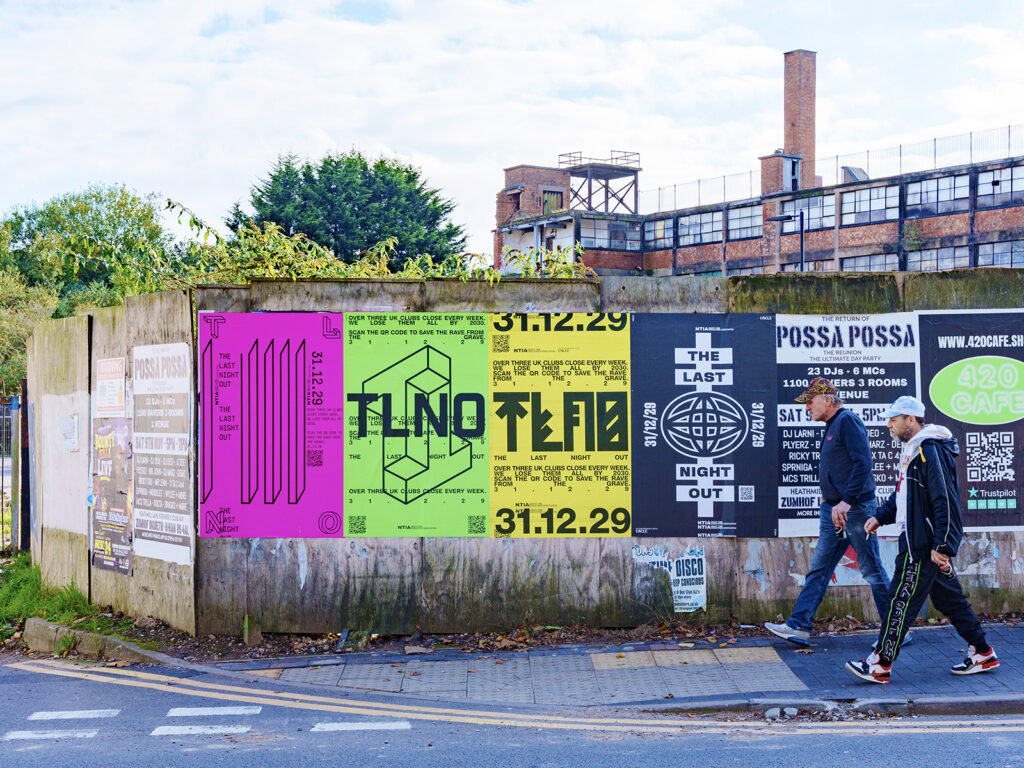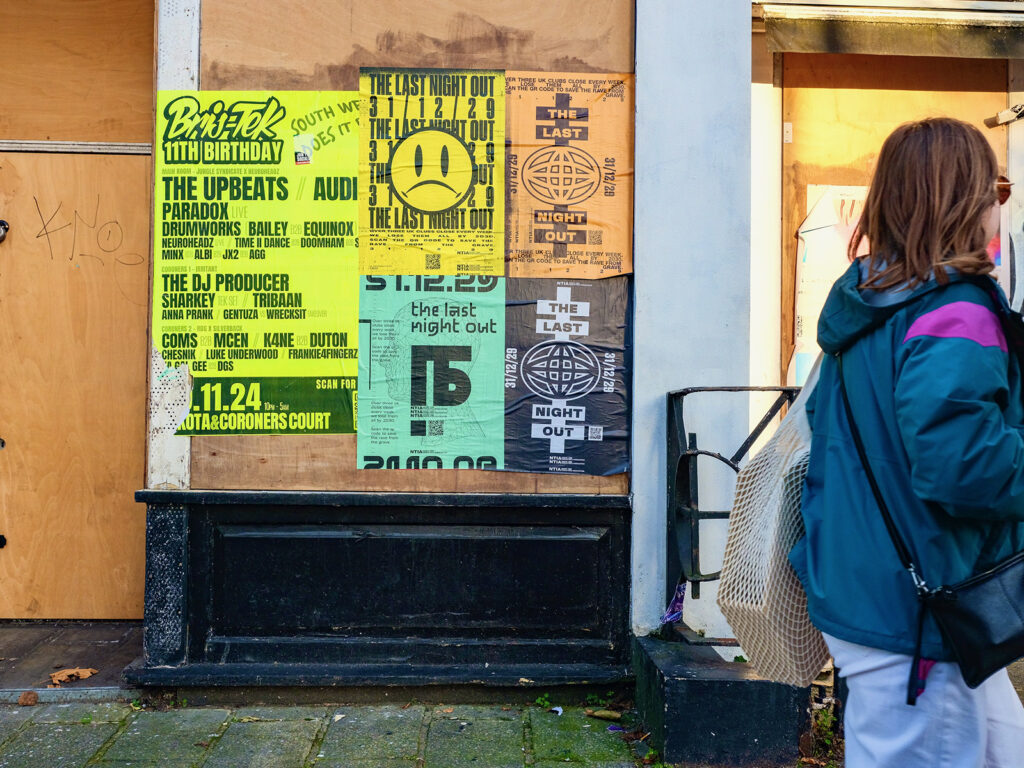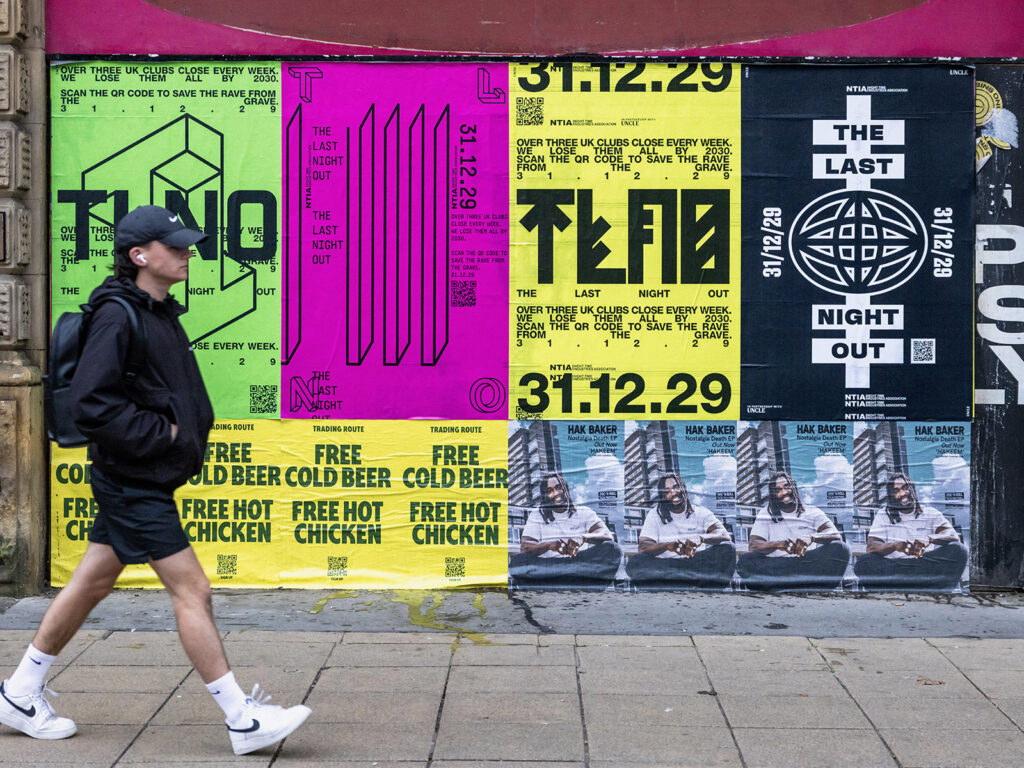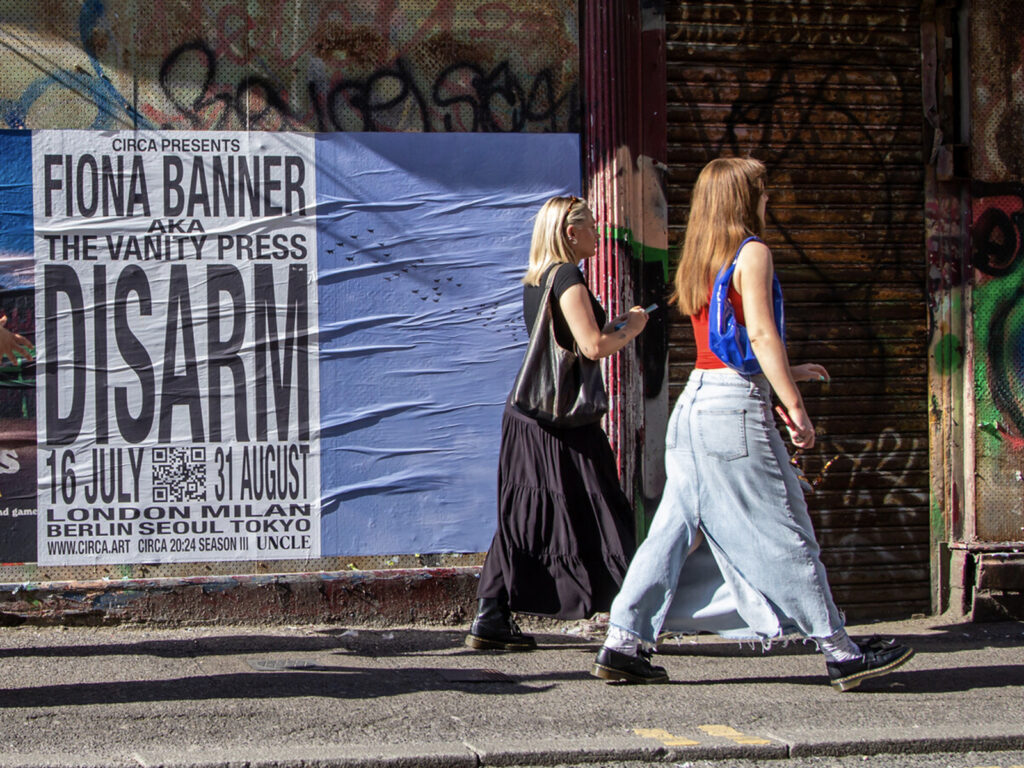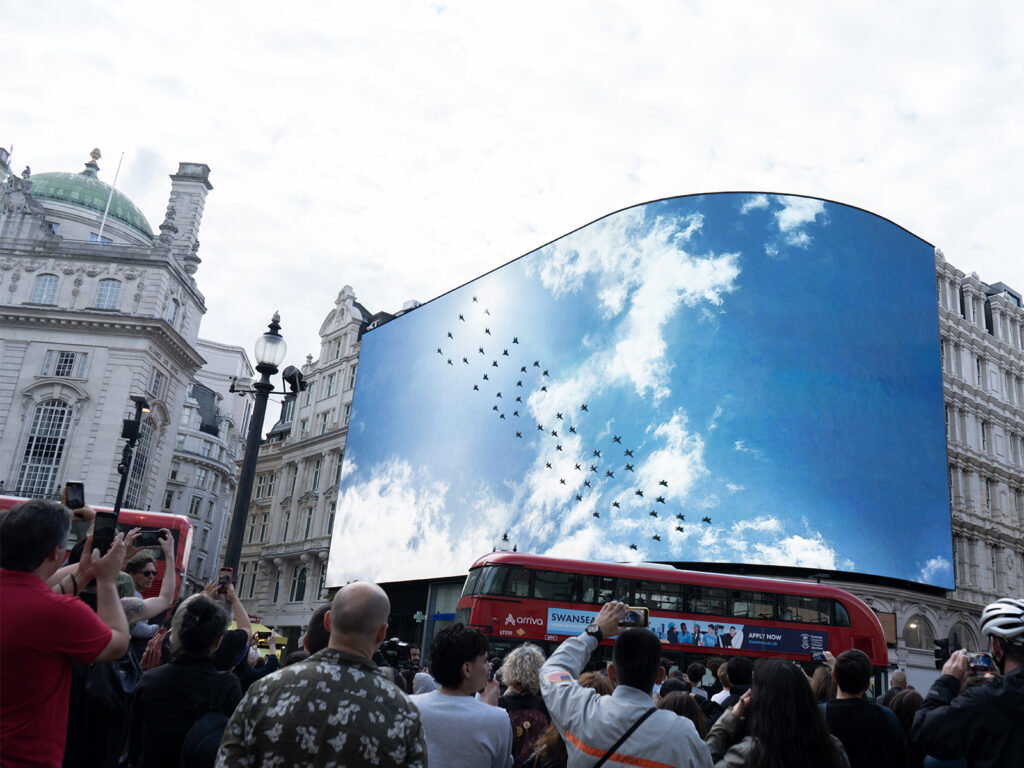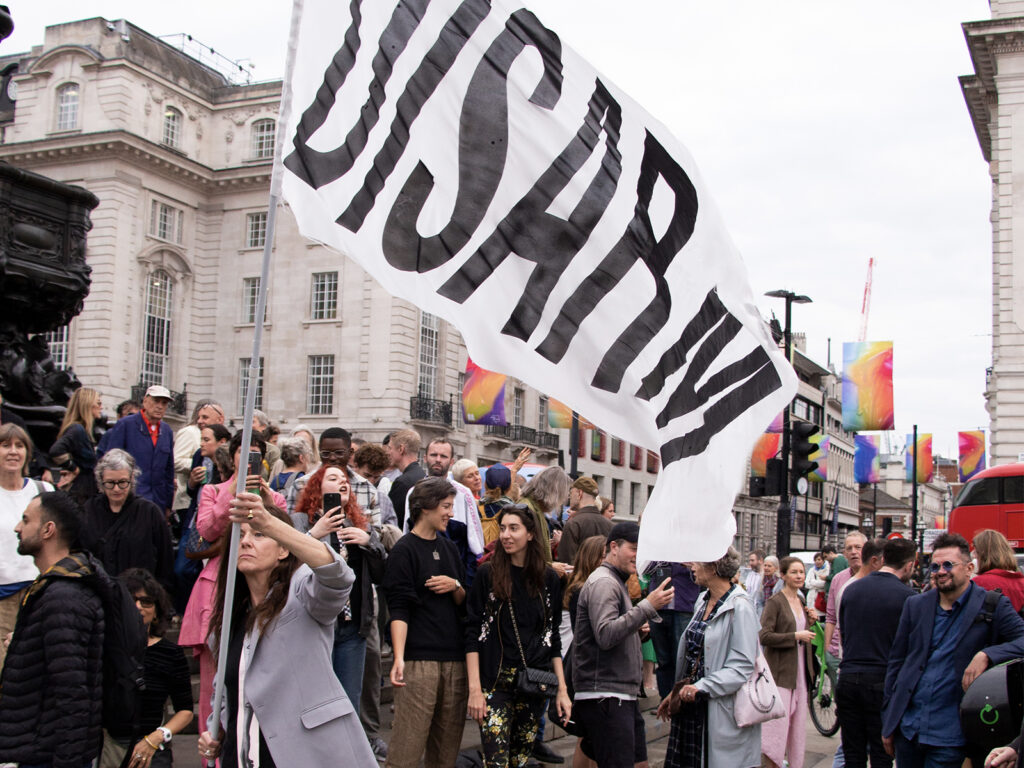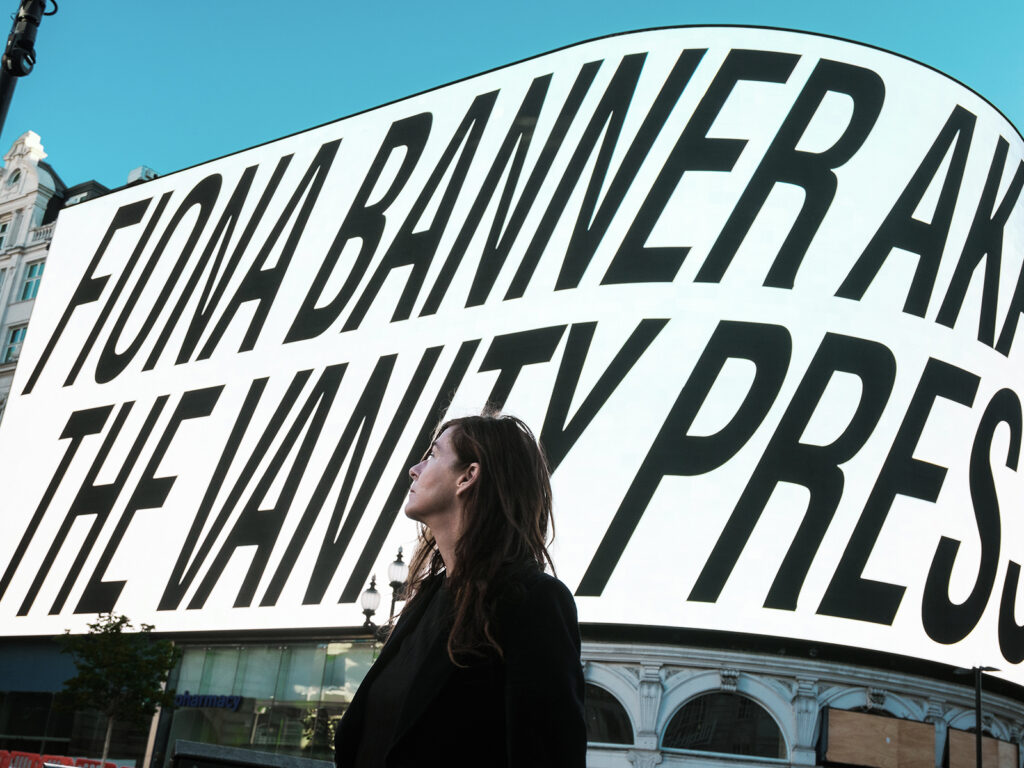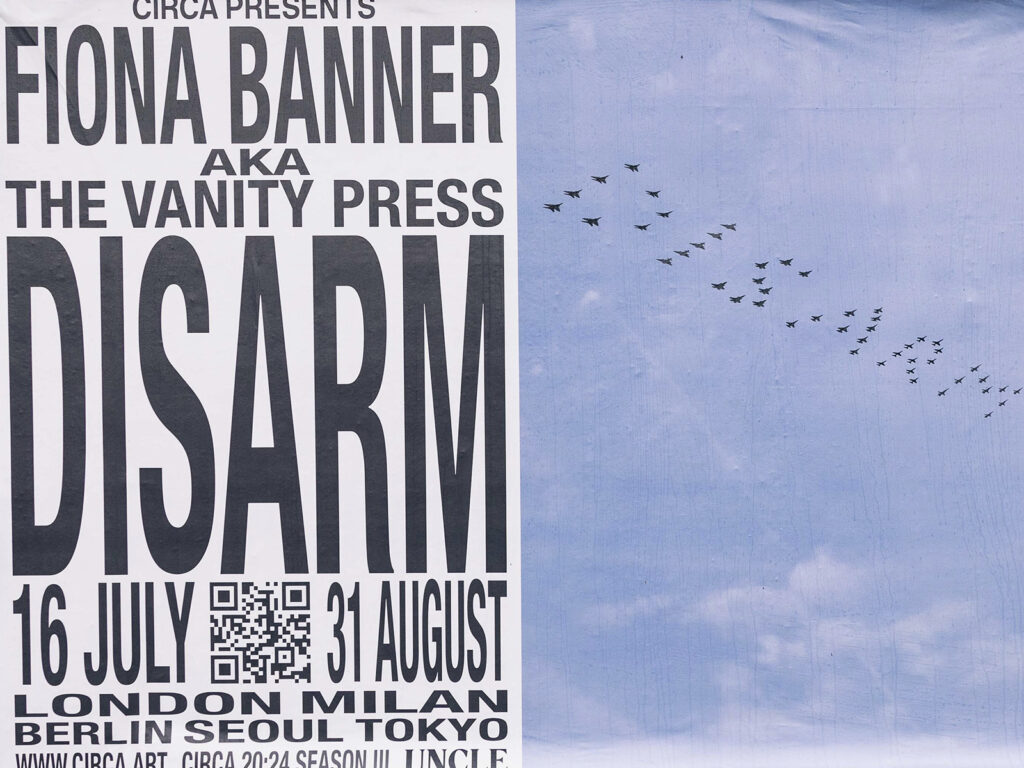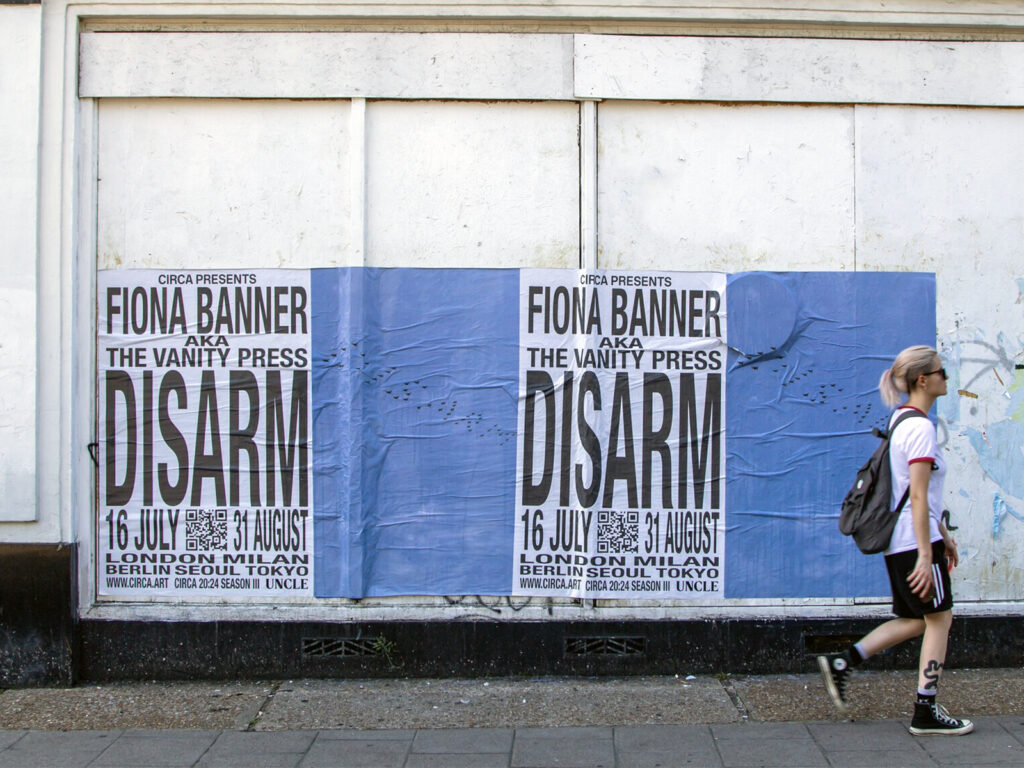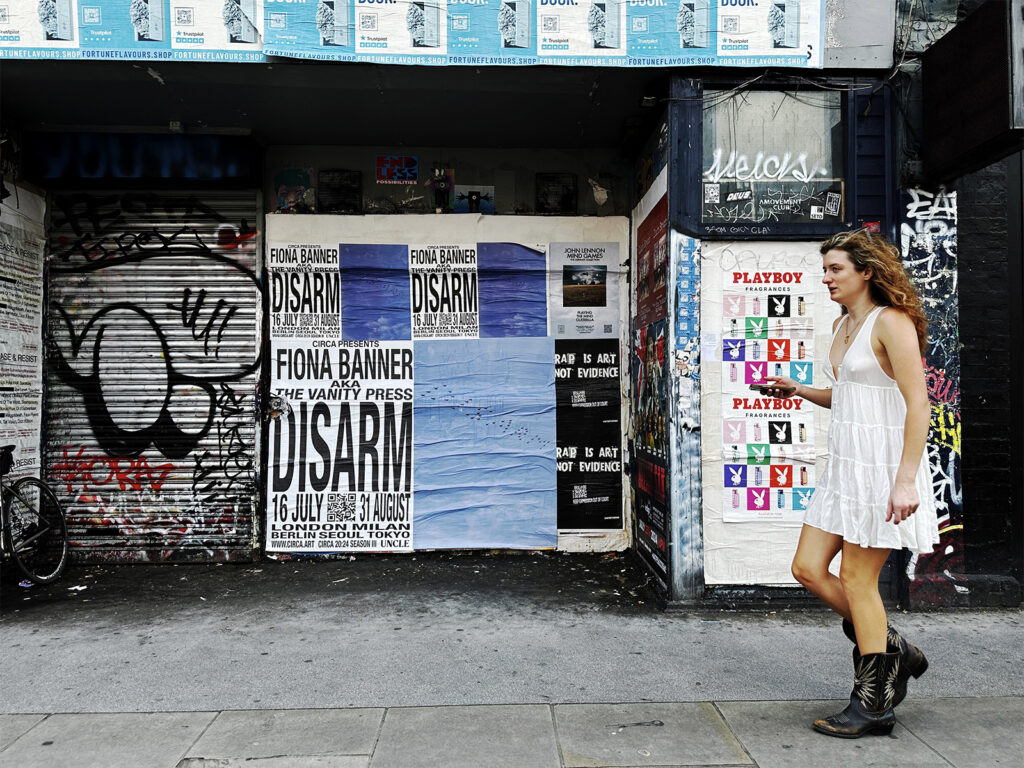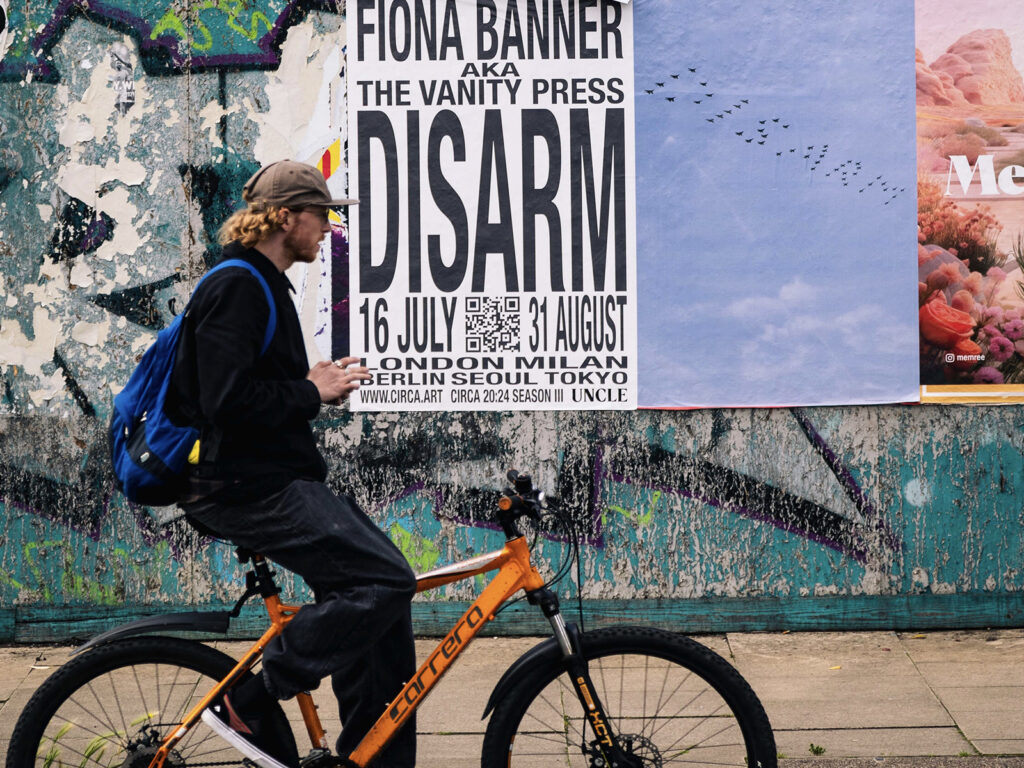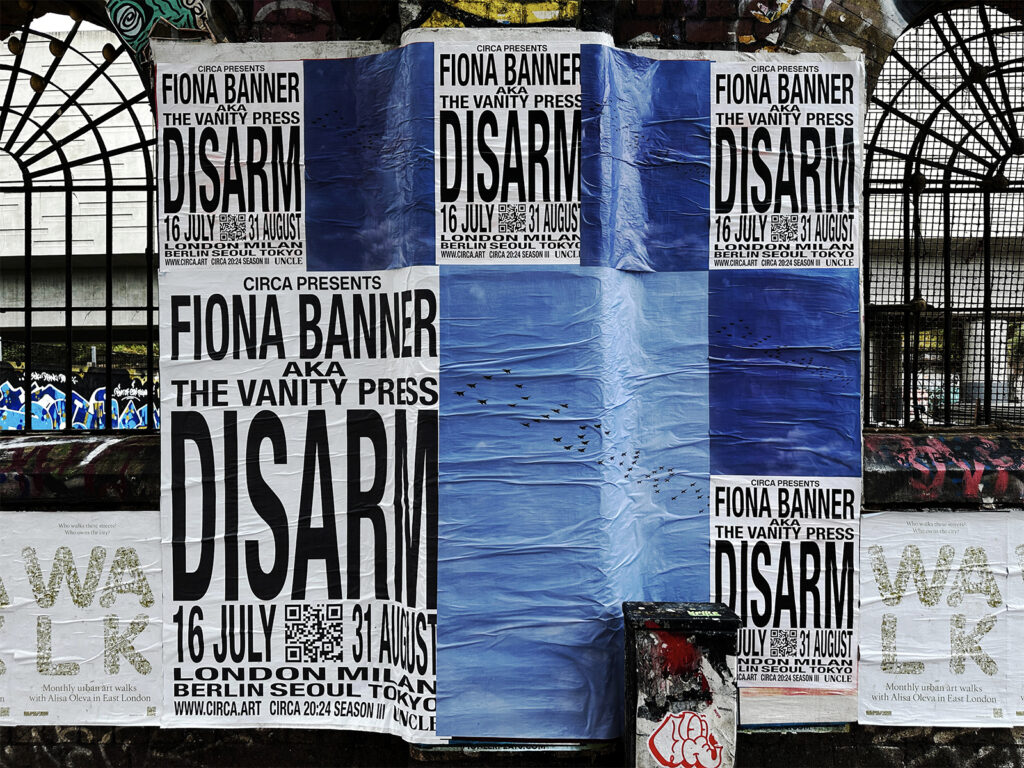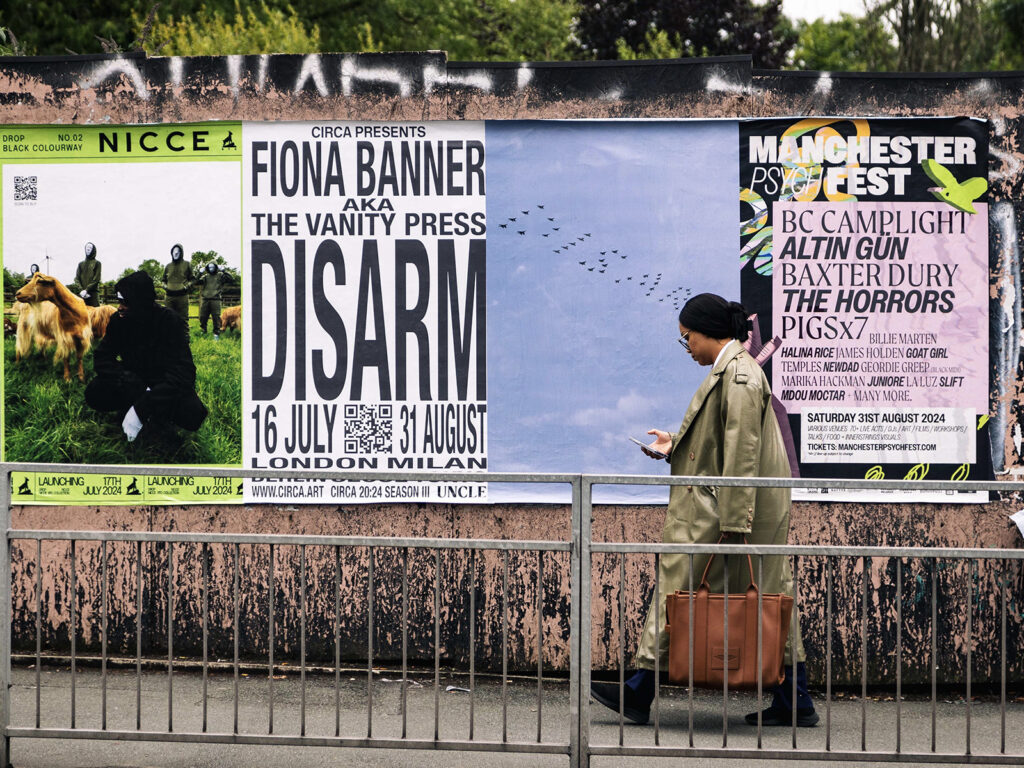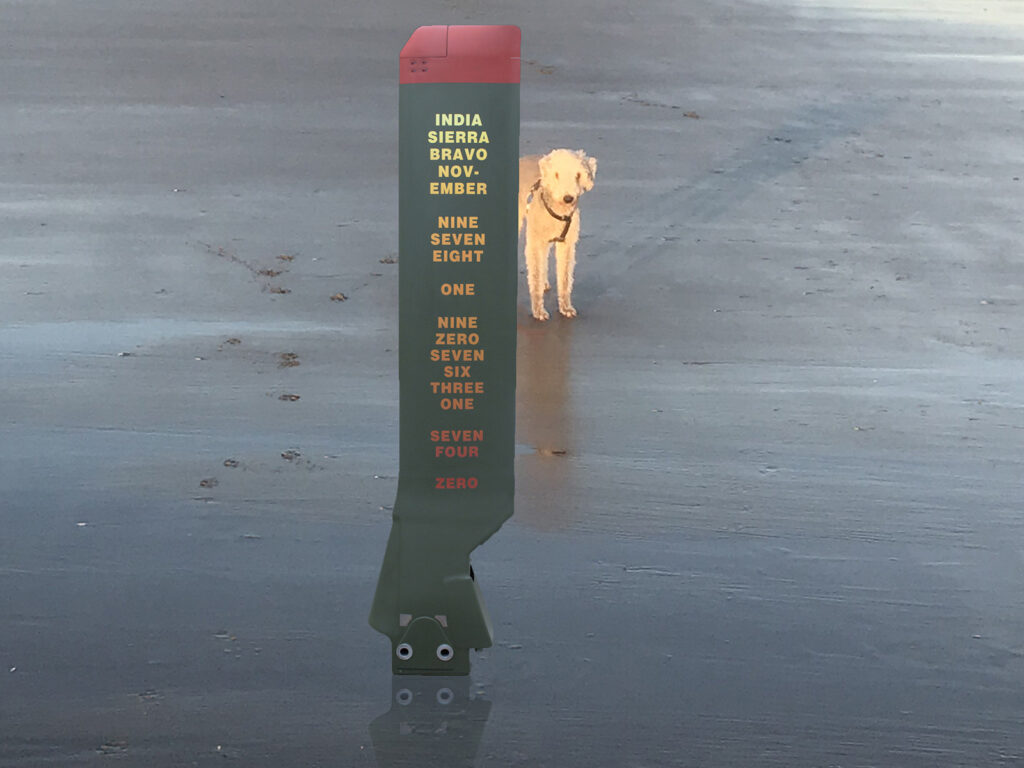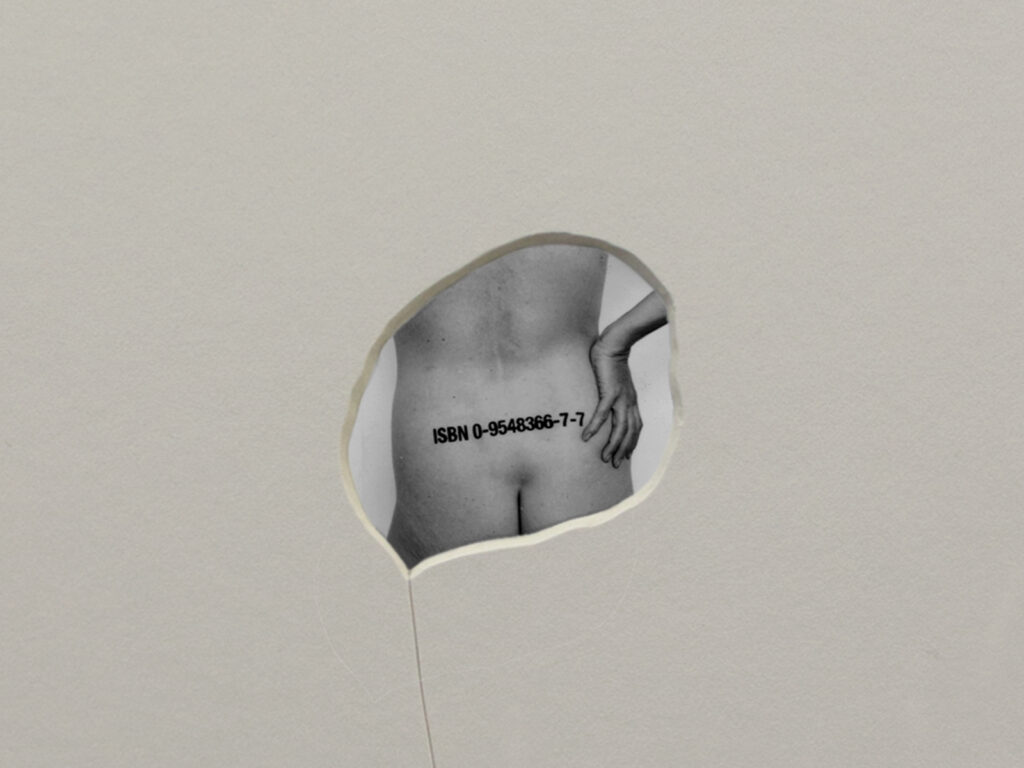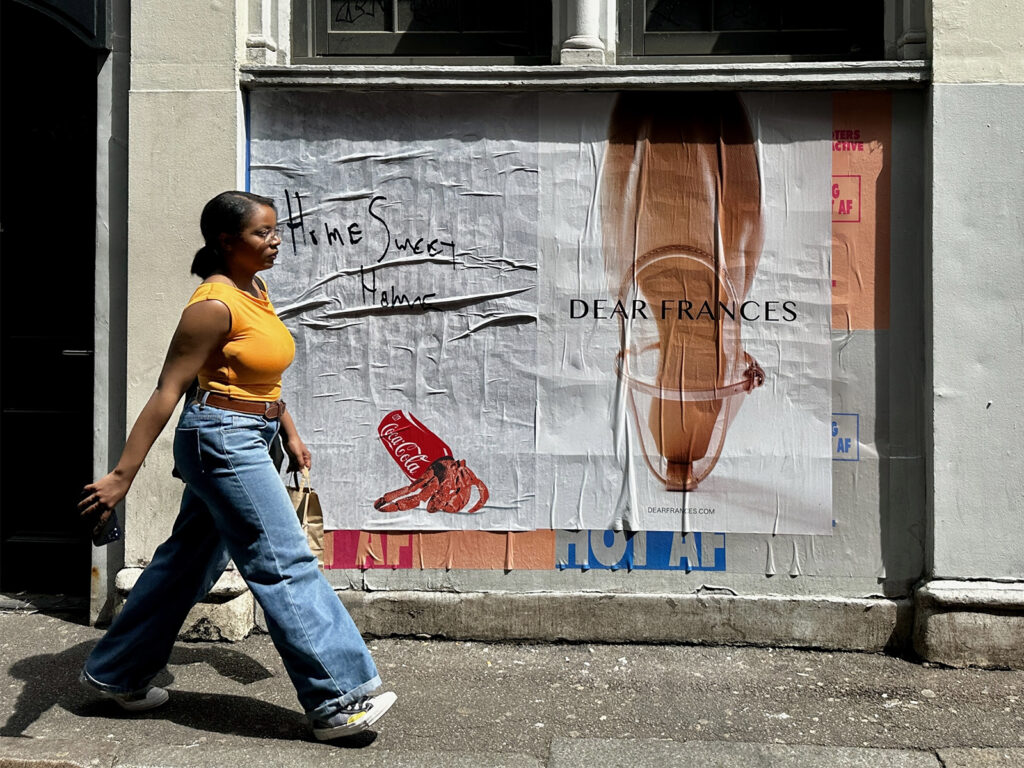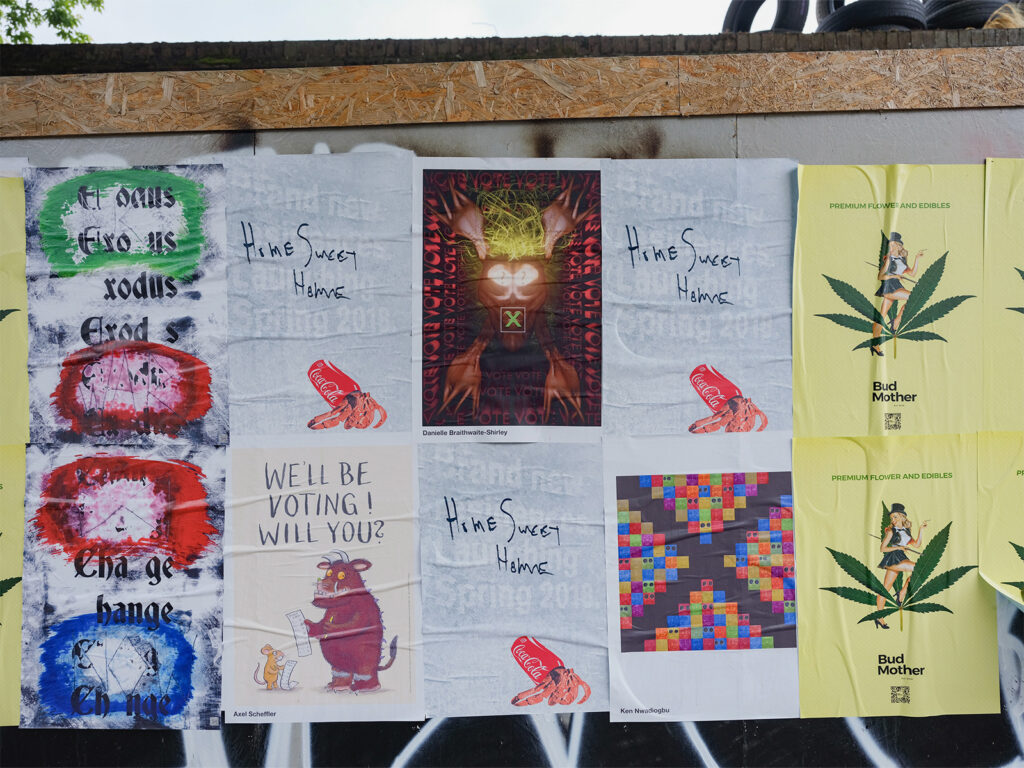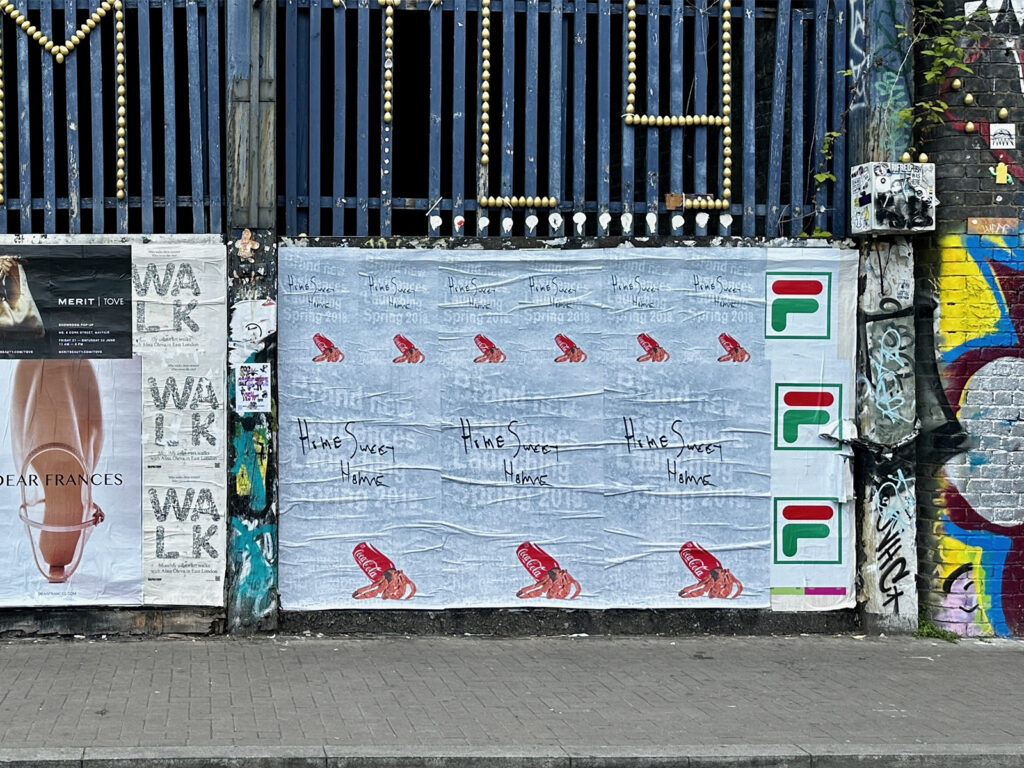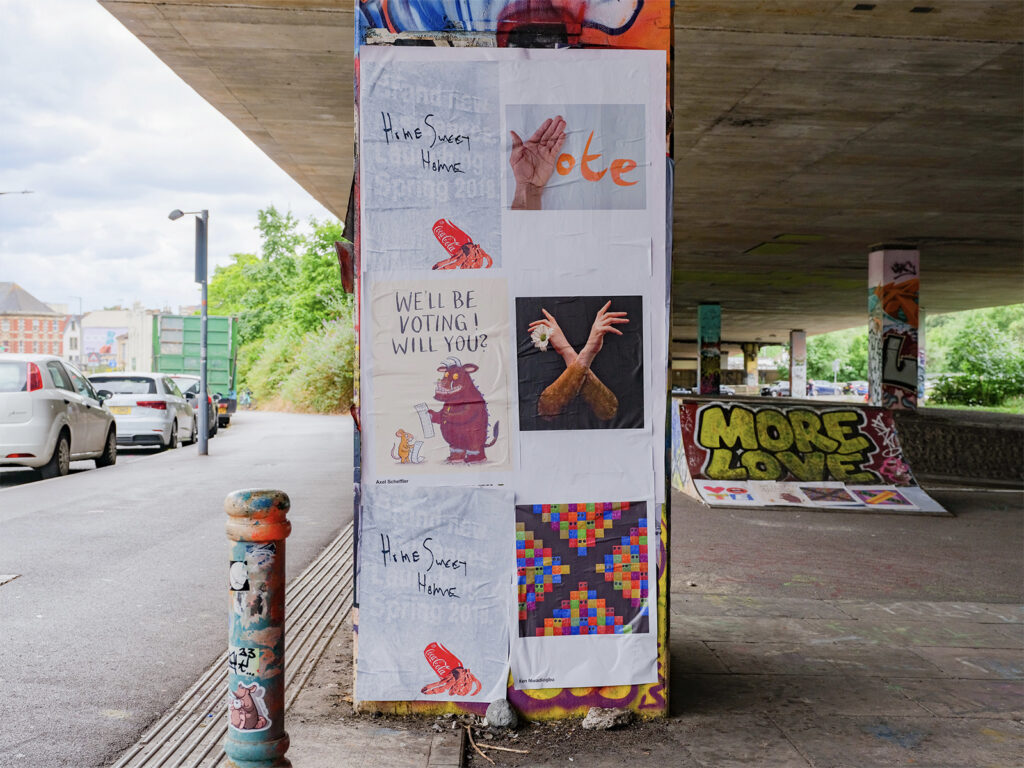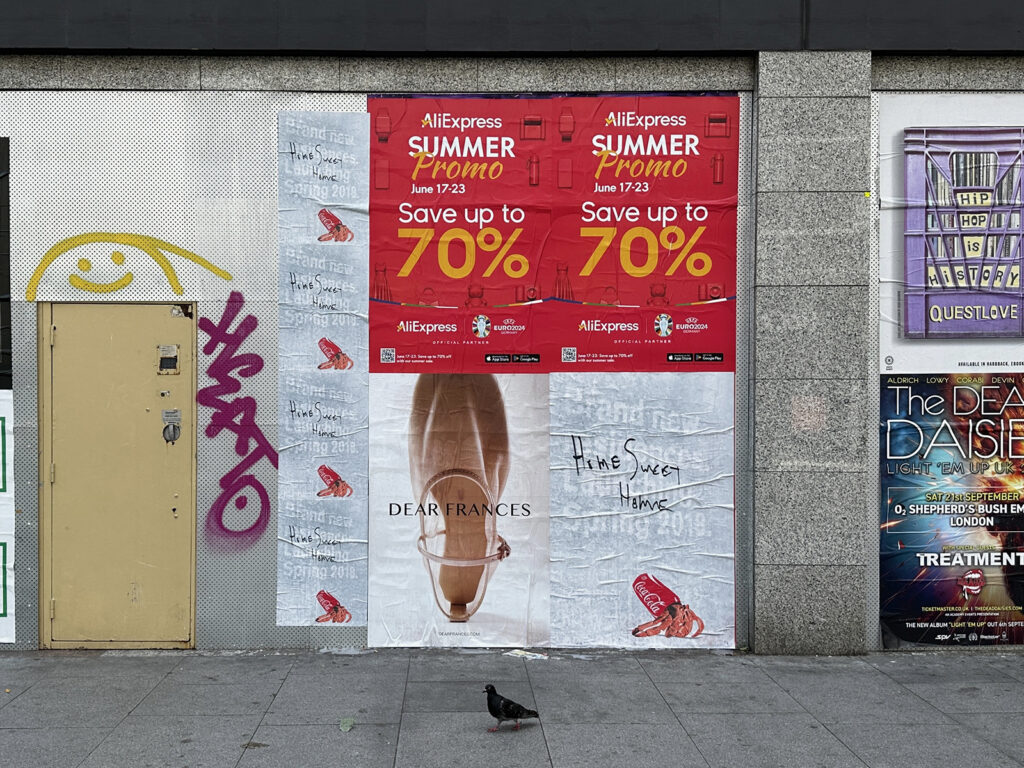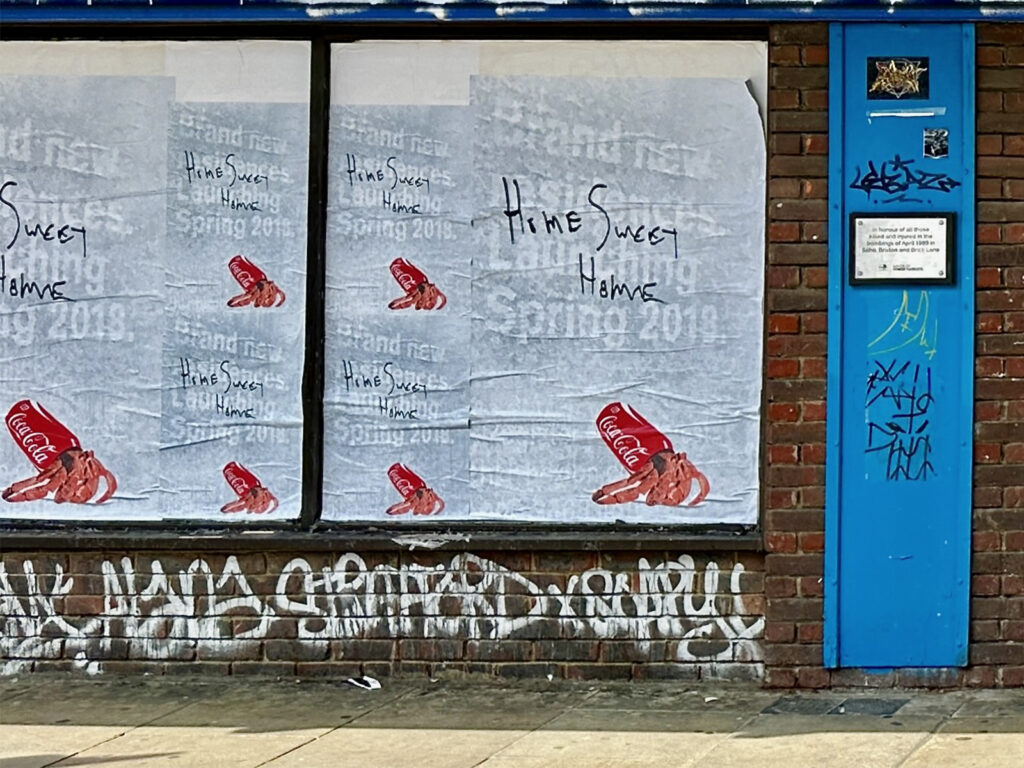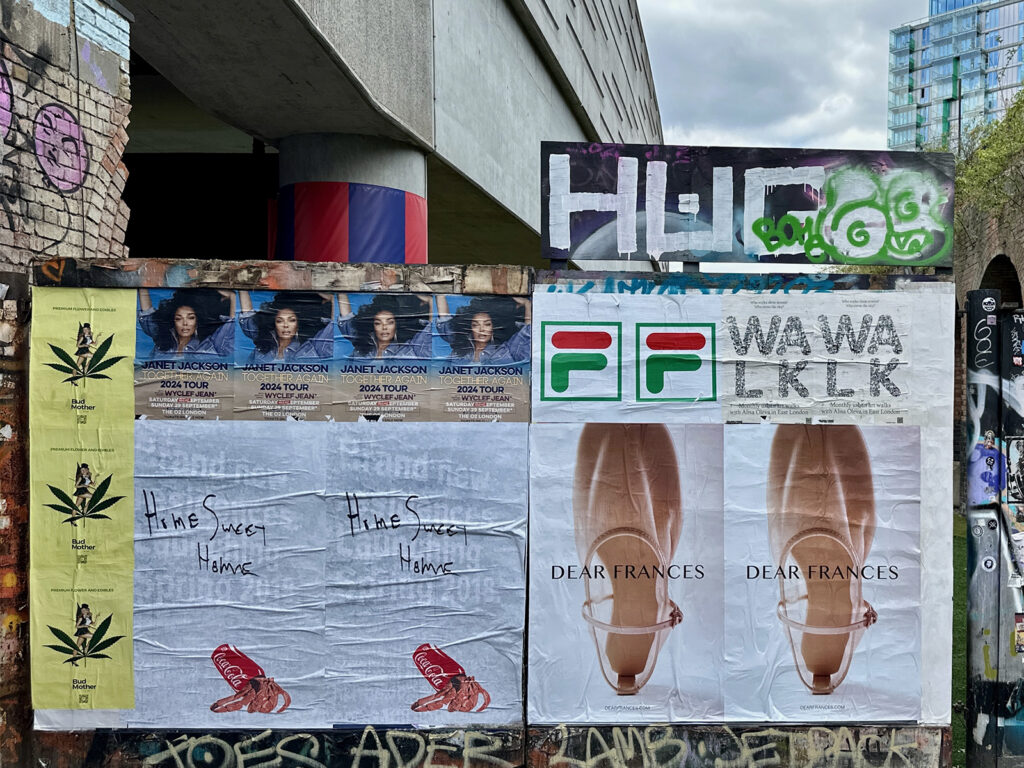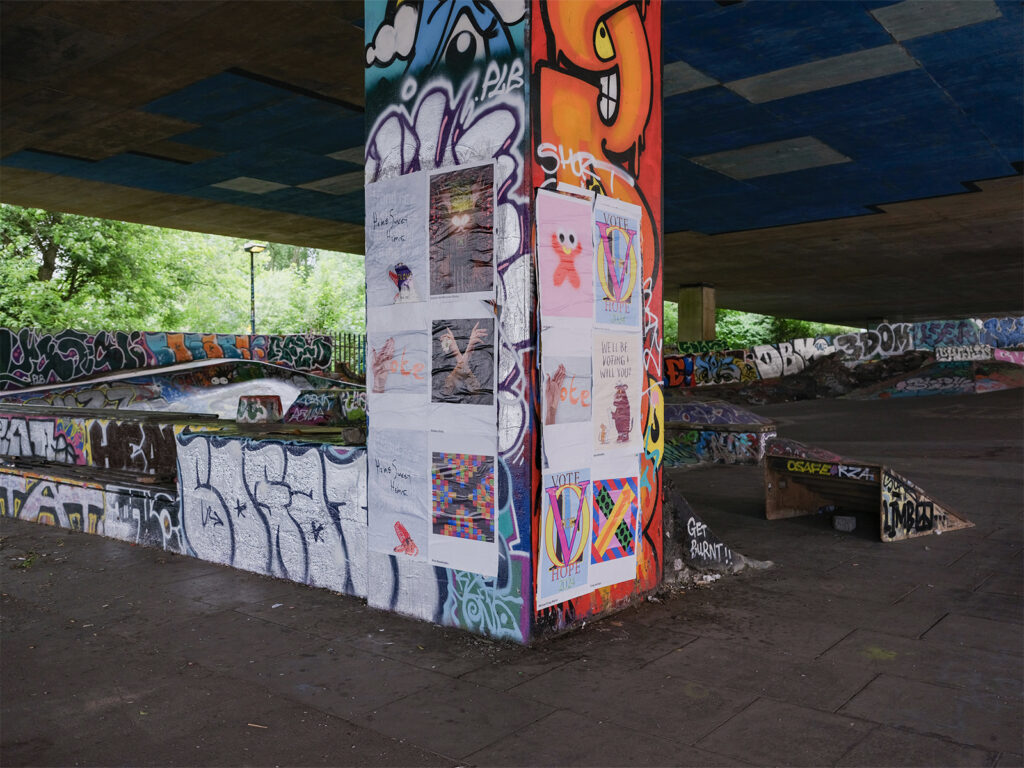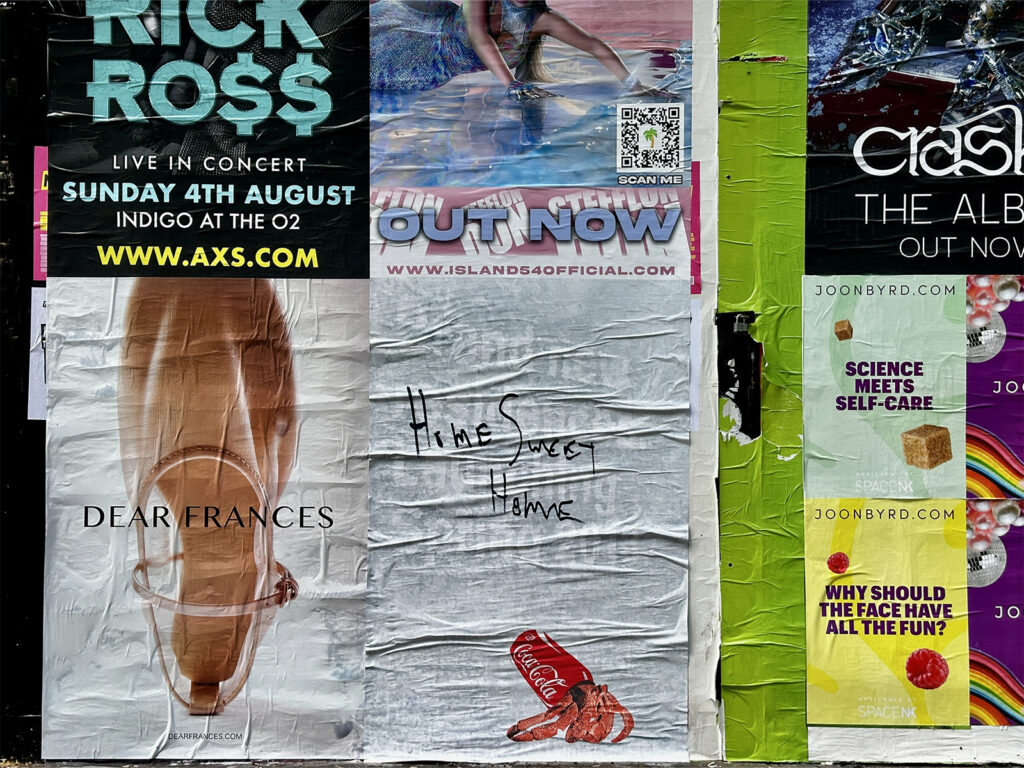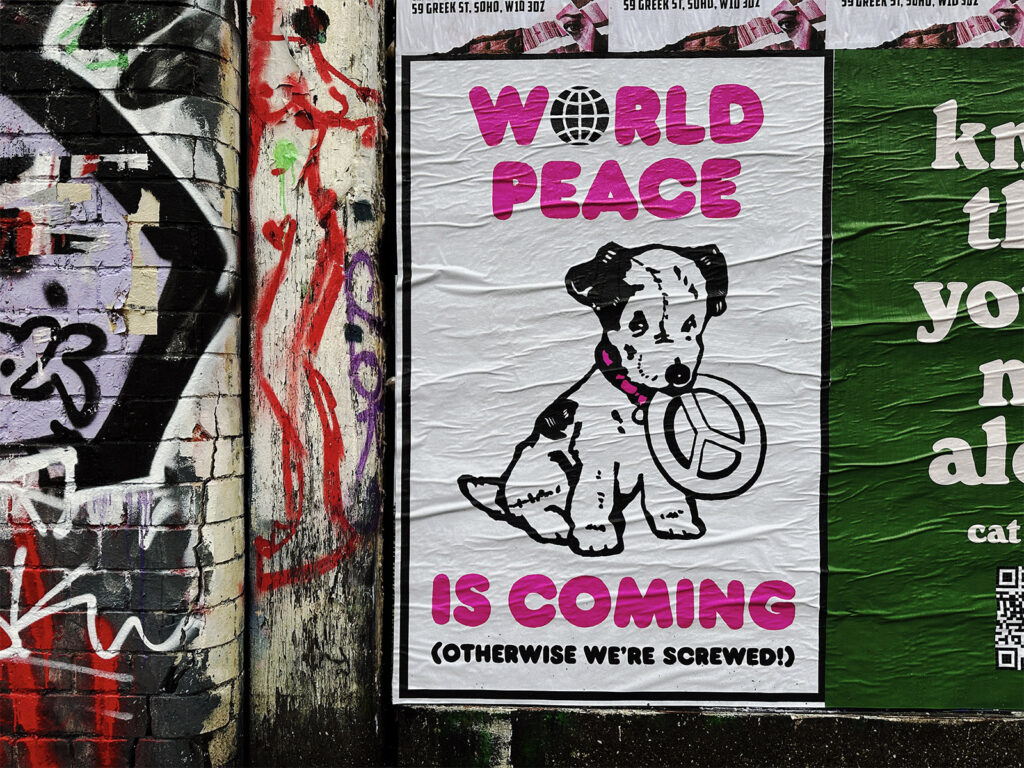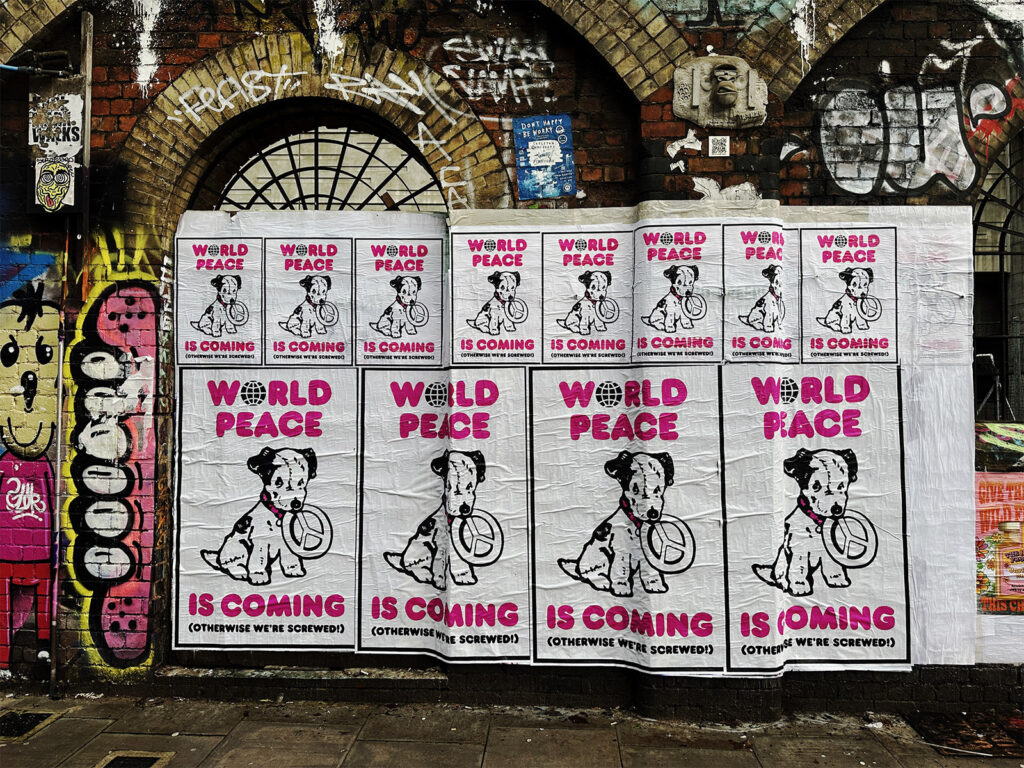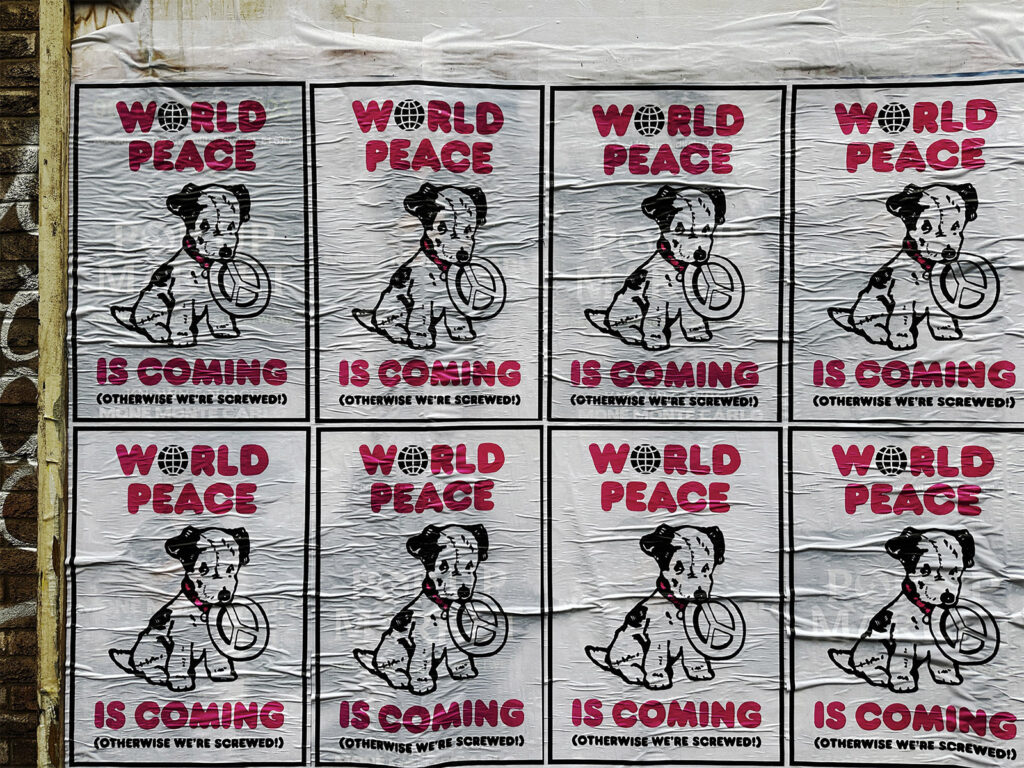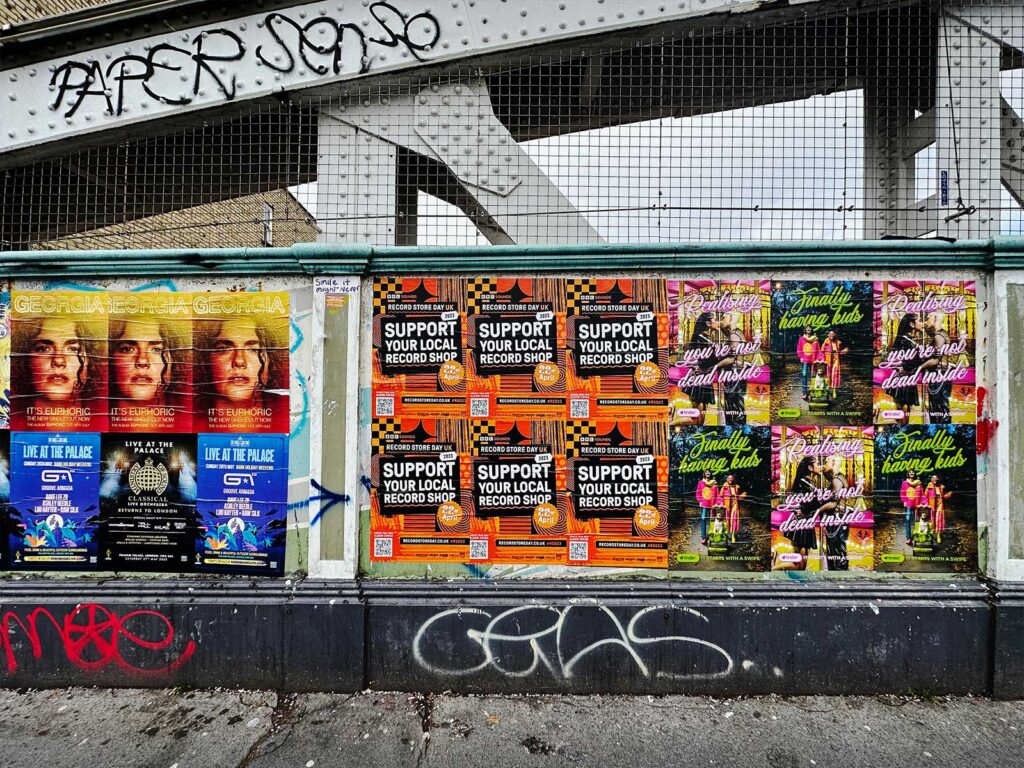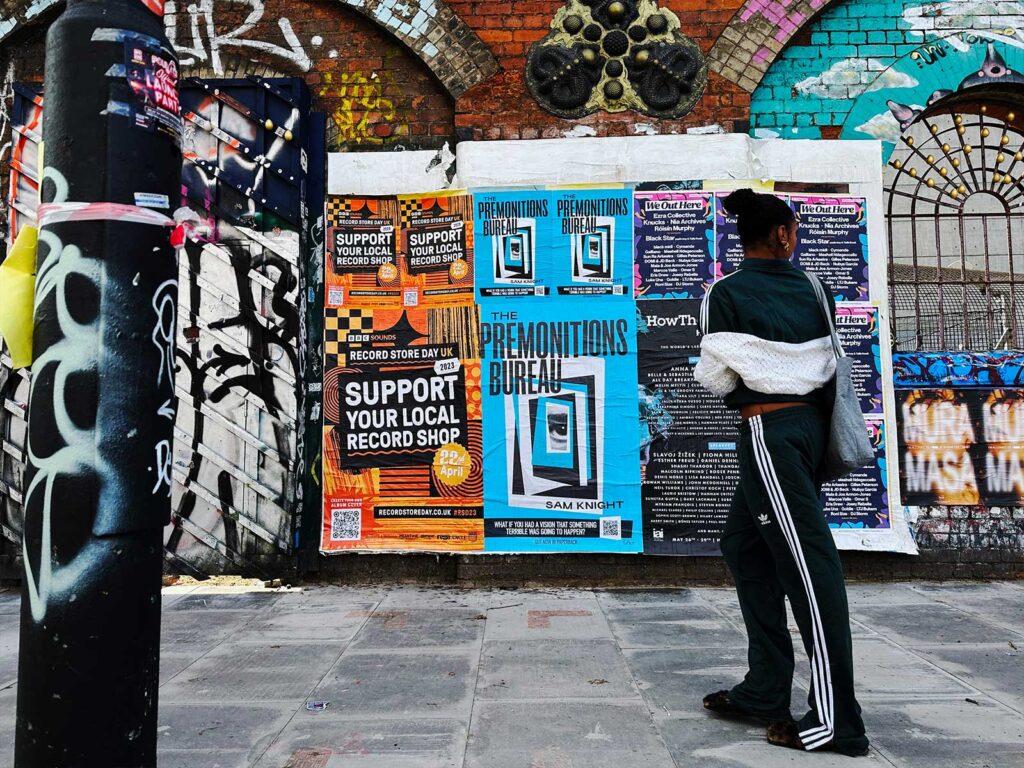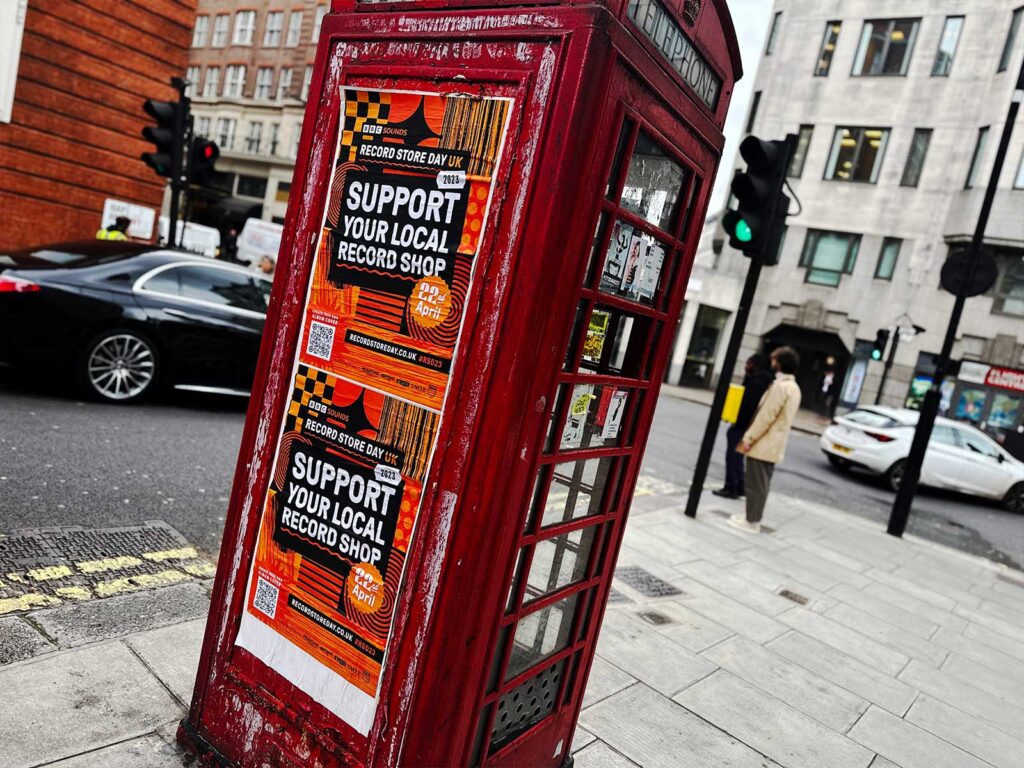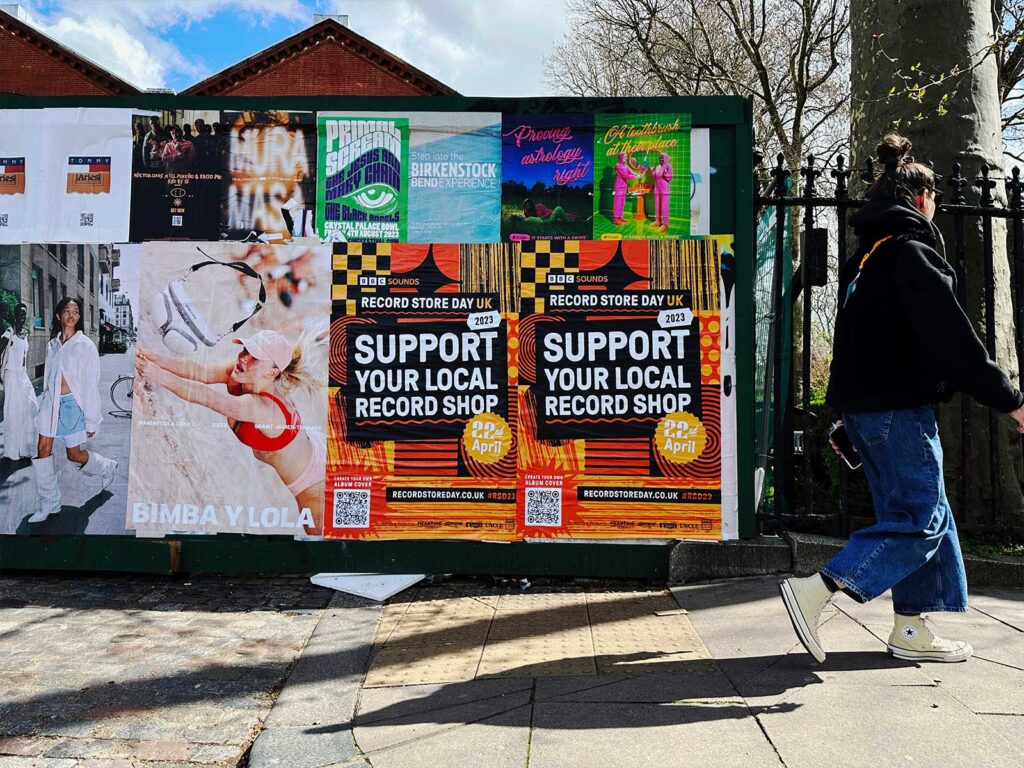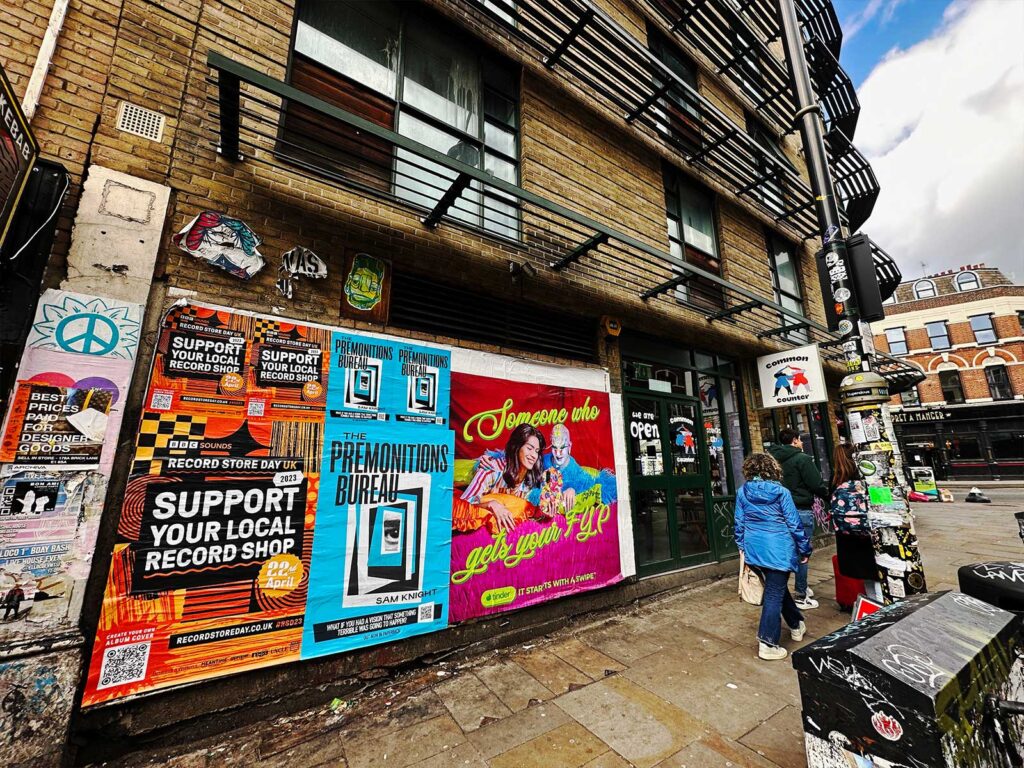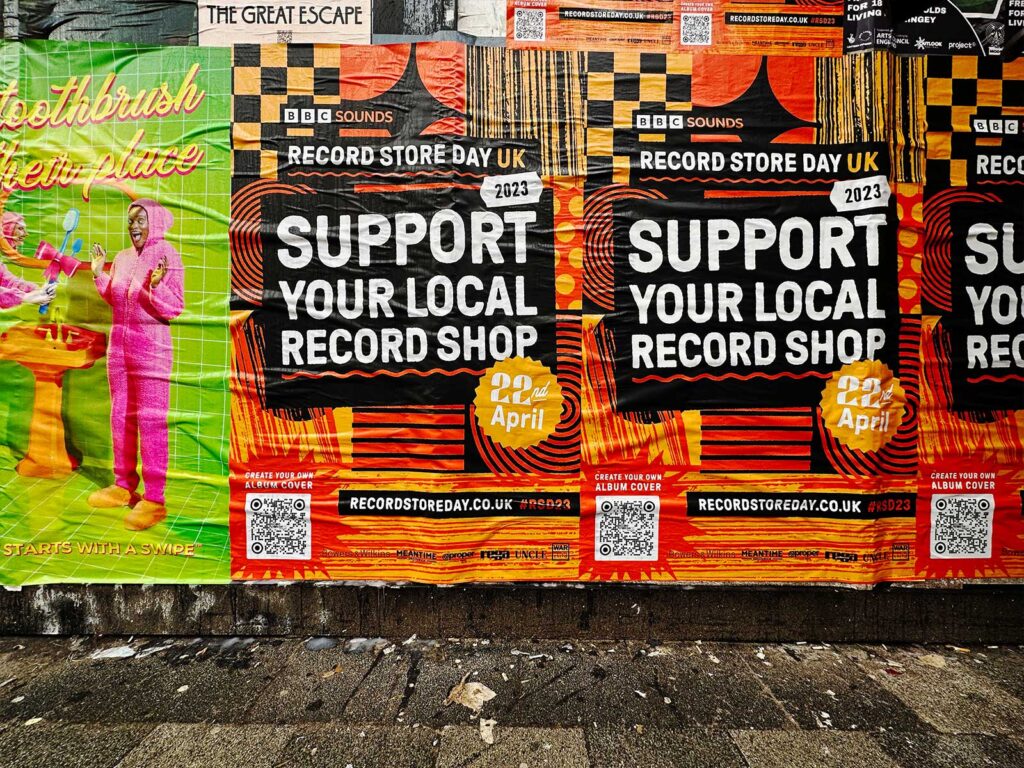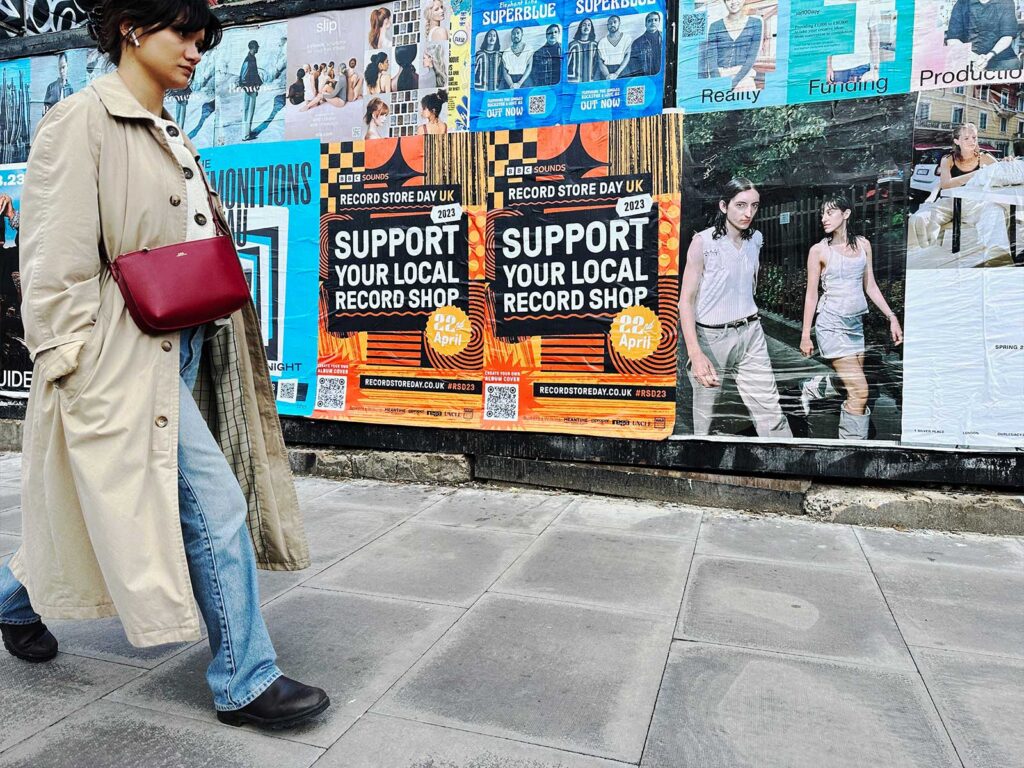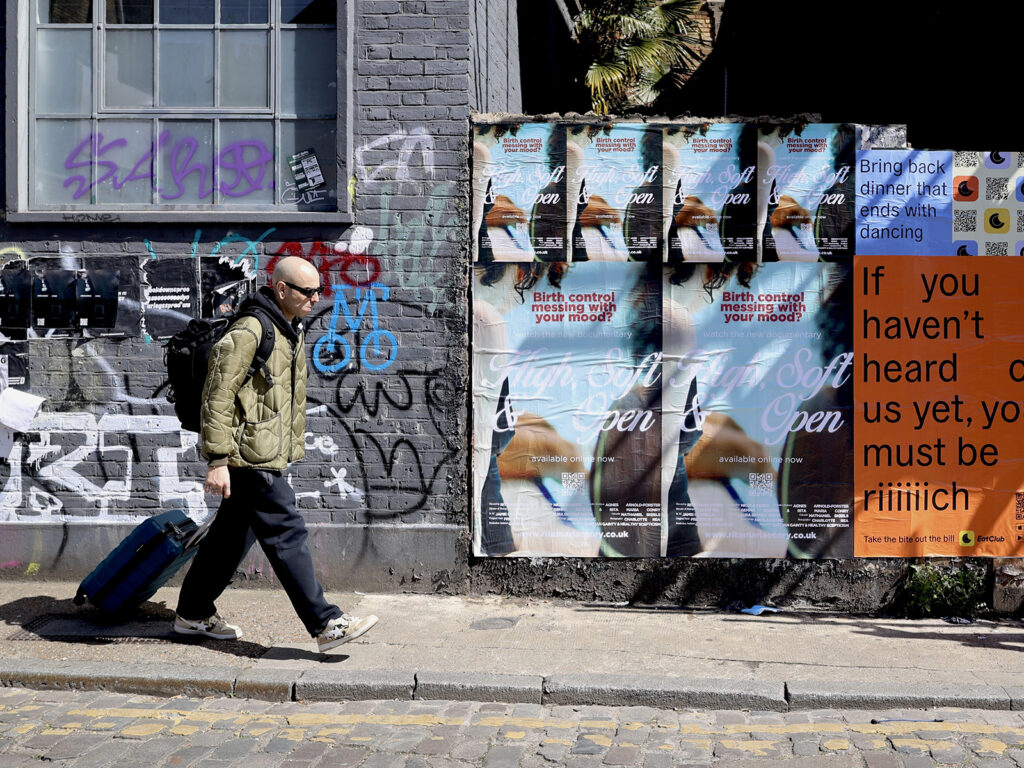
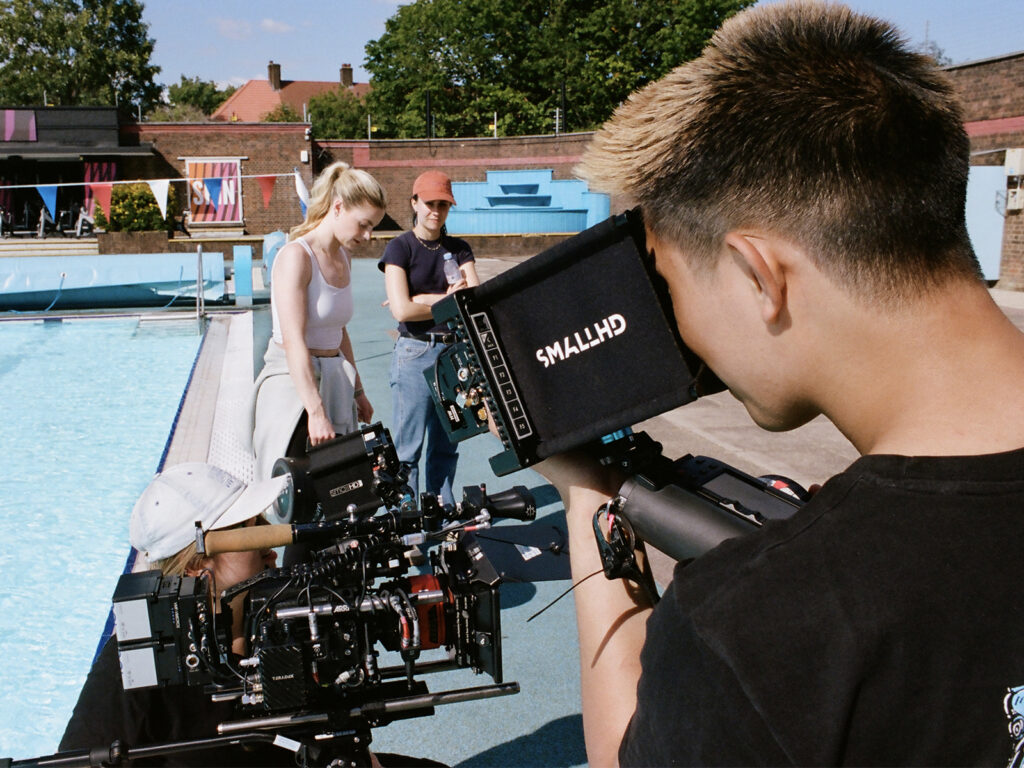

Infuriated by the ignorance between medical professionals and patients, Rita’s films have always had a focus on women’s mental health. High, Soft & Open is a hybrid documentary that delves into the often-overlooked mental health side effects of hormonal birth control. The film weaves together a tapestry of eighteen anonymous women whose shared, yet often silent, struggles, are reconstructed for the screen through actors within London environments. The film holds up an ornate mirror to the audience and is a poignant reminder on the importance of peer-to-peer knowledge sharing among women.
In the interview below, we asked the documentary filmmaker, Rita Conry, to take us through her intentions with High, Soft & Open and her other films, and to share her perspective on London and how the city has shaped her career. Through opening up with us, Rita hopes the same of those who see her work.
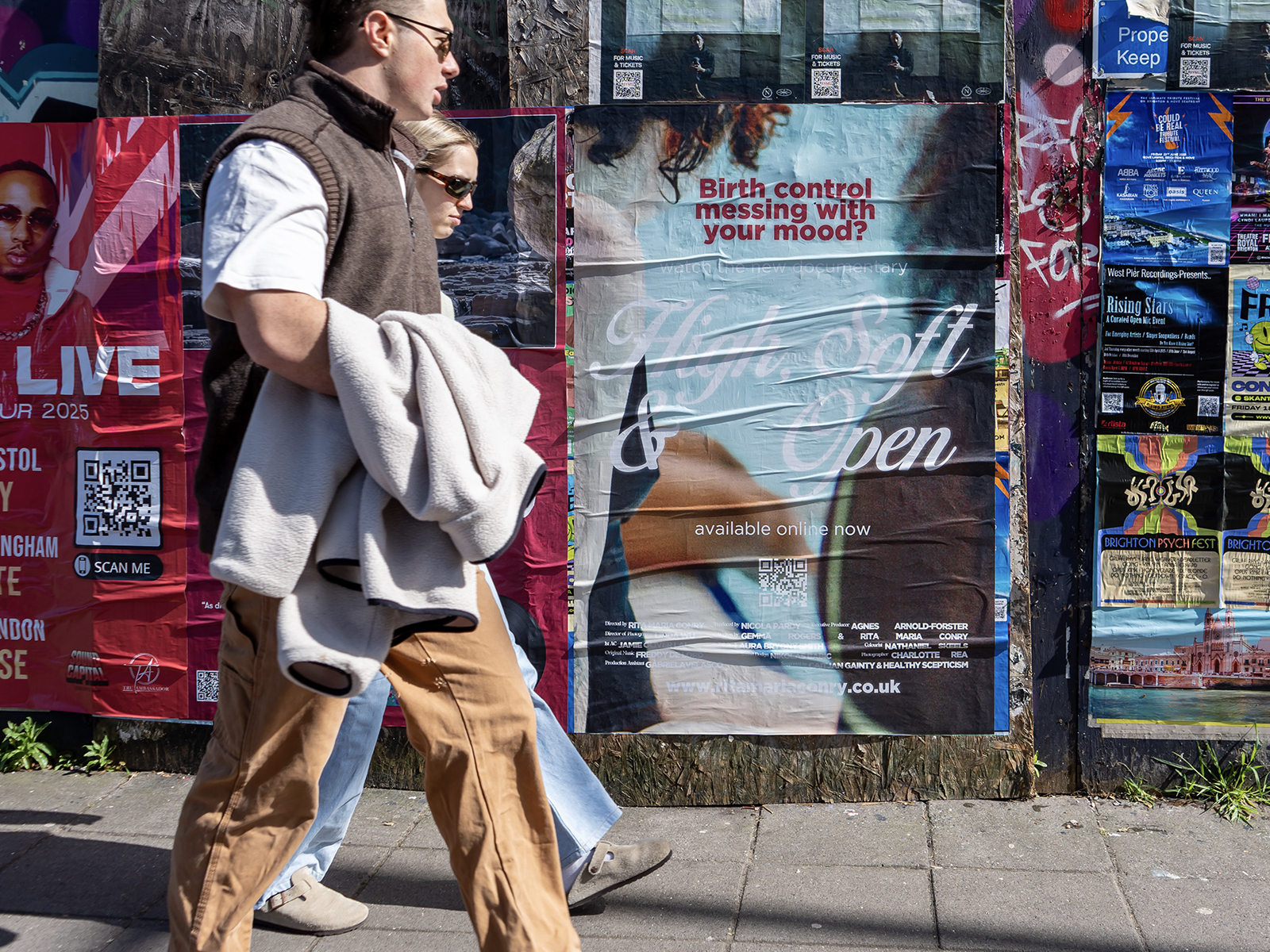
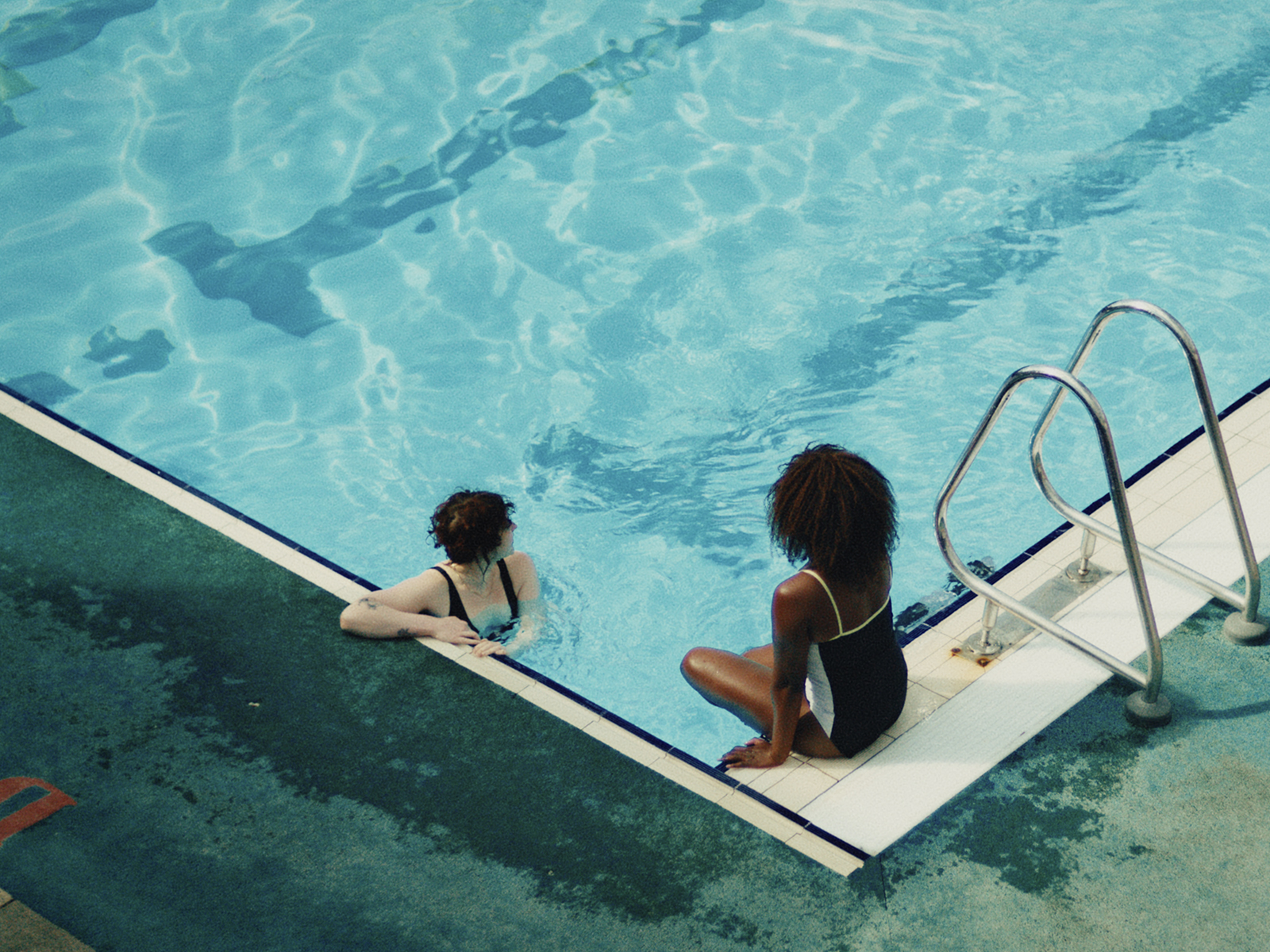
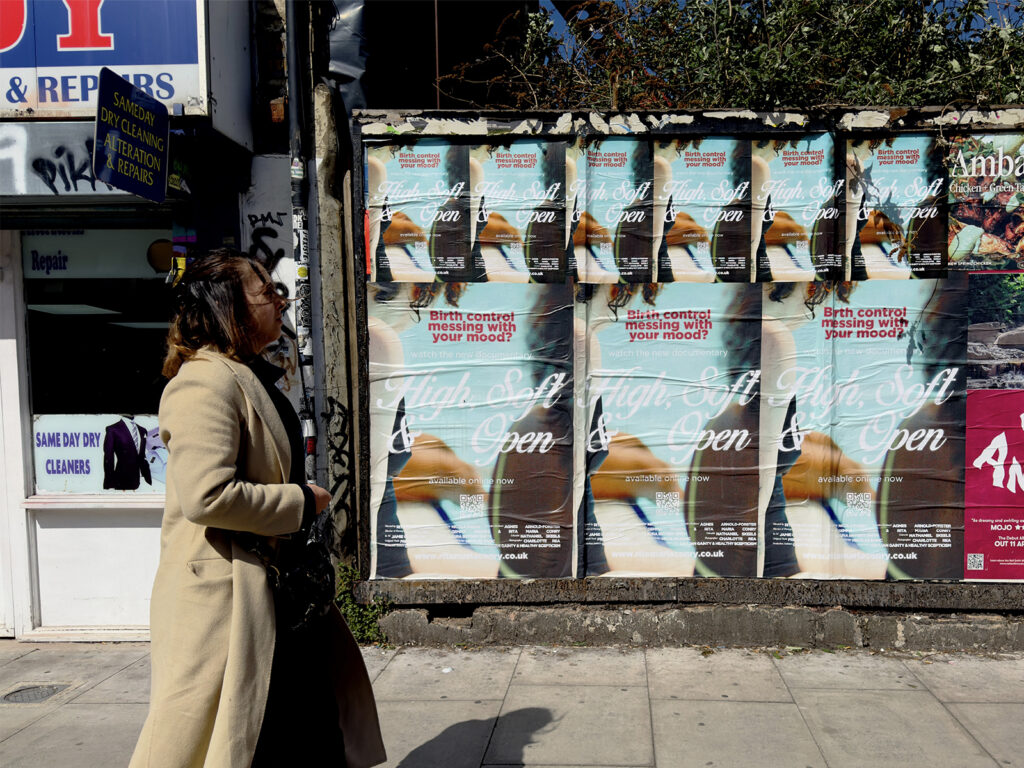
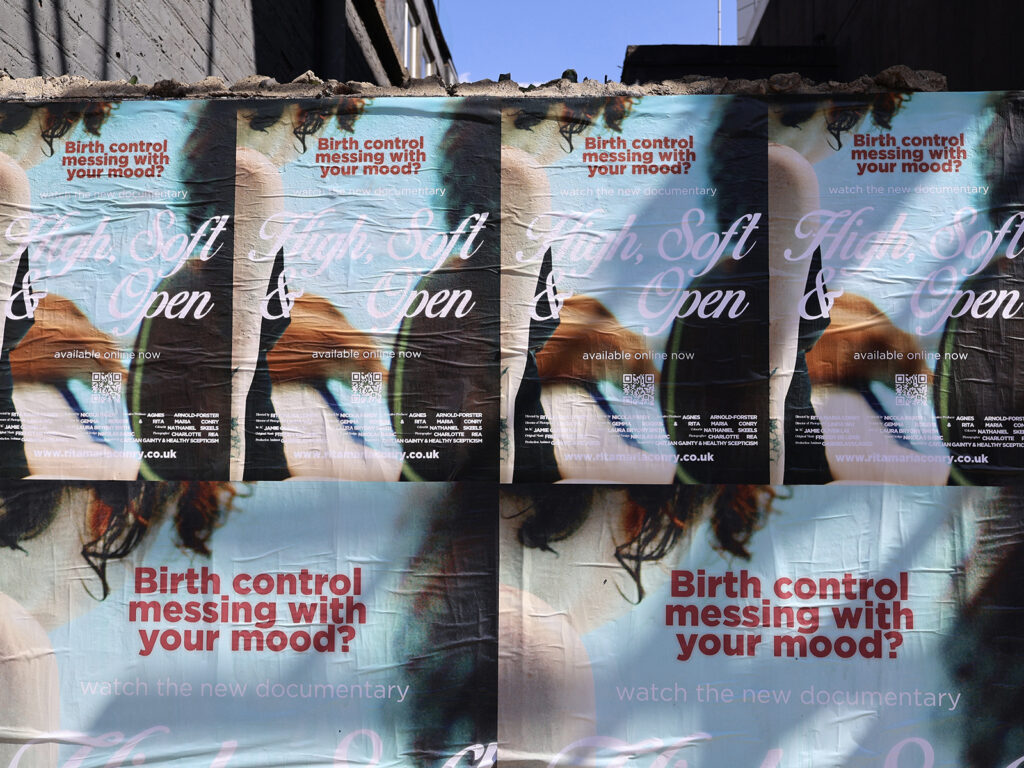
Growing up, me and my friends were pretty tuned into our mental health, especially to the negative effects that taking hormonal contraception could have on it. Despite having never been told this by any medical professionals, it was widely accepted that the contraceptive pill could negatively affect your mental health. When I read that a Danish study had found a link between teenagers taking the pill and also taking antidepressants, I wasn’t at all surprised. But it did make me question this gap in knowledge between medical professionals and patients. Why weren’t we being informed of this major side effect when prescribed the pill? It was infuriating.
WHAT GOT YOU INTO DOCUMENTARY FILMMAKING? HAVE YOUR FILMS ALWAYS HAD A FOCUS ON WOMEN’S MENTAL HEALTH?
I think I’ve always been interested in real life and real people’s stories, so documentaries made sense for me to focus on when coming out of film school. In the final weeks before graduation we went to Sheffield Doc Fest. You basically sit all day every day for a week watching documentaries. I loved that you could come out of the screening with a totally new perspective about anything from the drag queen Divine to the Hadron Collider in Cern.
Although the catch with making documentaries is you have to find something interesting to make them about! Which isn’t easy. With documentary filmmaking you end up with filmmakers and non-filmmakers working together out of pure passion for the topic. At Doc Fest I’d sometimes come across a Q&A after the film where the director would say they aren’t actually a filmmaker, but they had just been compelled to tell this particular story, so I knew I would have to wait for the right thing to come to me.
So that’s kind of how I ended up making two films about women’s health. My first doc was The UTI Documentary. I’d been struggling with a chronic UTI for almost 13 years and a friend was writing an article about the lack of understanding around UTIs and suggested making a film.
YOUR FILM SHEDS LIGHT ON THE EXPERIENCES OF 18 DIFFERENT INDIVIDUALS WITHIN YOUR FILM, WHAT IS YOUR EXPERIENCE WITH WOMEN’S MENTAL HEALTH OR HORMONAL BIRTH CONTROL?
As with the UTI documentary, I have my own link with the subject matter. I’ve always found taking hormonal birth control has come with more negative side effects than positive, whether that’s the pill or the mirena coil, but luckily nothing as severe as some of the people I interviewed.
OUTSIDE OF THE FRIENDS, FAMILIES, AND COLLEAGUES YOU INTERVIEWED, HOW DID YOU GO ABOUT FINDING THE OTHER WOMEN WHO ARE FEATURED IN YOUR FILM?
I tried really hard to reach out to different groups and strangers but it can be quite hard to get people to open up about their mental health when they don’t know you. Some of the women I interviewed in the film came about completely organically to my search for participants, which made our interviews more natural I think. I made friends with one of the participants through volunteering and she then introduced me to a group of quilters, which is why there is always a hum of a sewing machine in the background of their scenes!
DO YOU FEEL LIKE THERE IS STILL A TABOO-CULTURE TO DO WITH WOMEN’S MENTAL HEALTH?
I started making the film in 2016 and I think conversations were really starting to kick-off around mental health in general. Now that I’ve finished the film a lot of attitudes have changed and I think a lot of care has gone into normalising and prioritising your mental health, especially at work. But I think it was always easier for women to discuss their mental health; it’s the men’s mental health which seems to have had a huge change in attitude towards it.
WHAT DO YOU WANT PEOPLE TO TAKE HOME FROM HIGH, SOFT & OPEN?
I think I’d like people to feel like they’re not alone if they’ve been suffering with these negative side effects from hormonal birth control. I’d also like it to be a way for people to understand the issues better. Hopefully people can show this to their partners so they can better understand what they’re going through.
I think the other big message of the film is how important leaning on one another is, and how much we learn from each other when we’re just hanging out at the pool or pub, or when we’re at work. It’s like a never-ending exchange of information and I’d like to celebrate that a bit with this film.
HIGH, SOFT & OPEN ISN’T THE FIRST DOCUMENTARY YOU’VE CREATED, CAN YOU TELL US ABOUT THE UTI DOCUMENTARY, AND ANY OTHER FILMS YOU’VE BEEN INVOLVED IN?
The UTI documentary came about through a project called Healthy Scepticism, which is a Wellcome Trust funded, interdisciplinary project focusing on sustainability and reform in health care. UTIs are really misunderstood and mistreated, and as someone who has suffered with them for my whole adult life, I thought I’d be a good person to try and shine a light on these gaps in awareness. It was sort of a blueprint for High, Soft & Open, as the themes were so similar: repeatedly going to the doctor with a problem, doctor saying nothing is wrong, leaving feeling deflated and stuck, etc…
HIGH, SOFT & OPEN IS VISUALLY VERY BEAUTIFUL AND GROUNDED IN ITS VISUALS, HOW HAS YOUR TIME IN LONDON SHAPED THE FILMS STORYTELLING AND VISUALS, AND HOW HAS THE CITY SHAPED YOUR EXPERIENCE AS A FILMMAKER?
I was born and raised in London and still love living here. I love massive, over-crowded cities, I find them weirdly comforting and couldn’t live anywhere else. I love how every type of person exists here and are all just getting on with whatever we need to do.
All the interviews in the film happened with Londoners, so it was important to reflect this with the visuals. I also needed to convey the various environments and situations that these conversations around mental health and birth control can take place. Which turns out, is basically anywhere. I wanted the audience to feel like they were weaving in and out of these environments and capturing snippets of conversations all around London.
HOW DOES IT FEEL TO SEE YOUR WORK IN THE STREETS AS A PHYSICAL FORMAT?
It’s such a personal project that to see it out in the wild among the public is so surreal and exciting! I’m telling all my friends to keep their eyes peeled!
WHERE CAN PEOPLE WATCH HIGH, SOFT & OPEN?
You can watch the film through the Girls in Film website or through my website and vimeo.
www.girlsinfilm.net/videos/high-soft-open-film
www.ritamariaconry.co.uk







